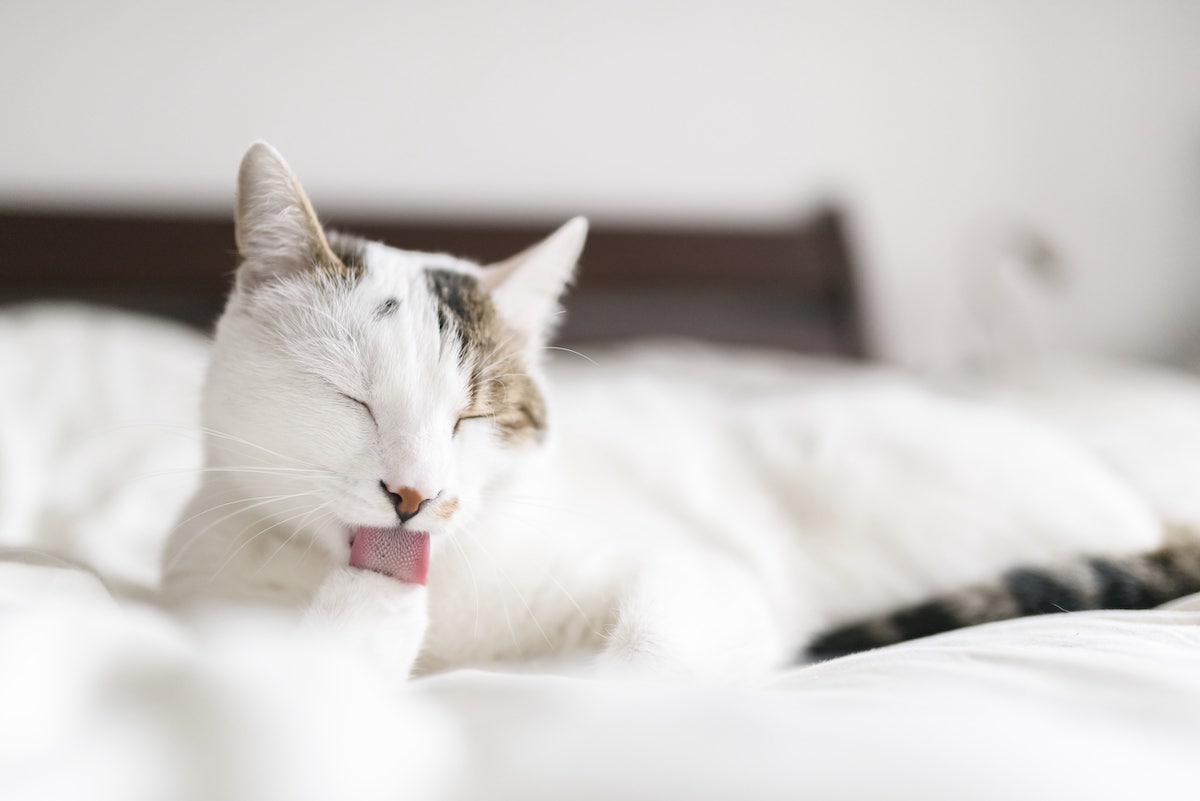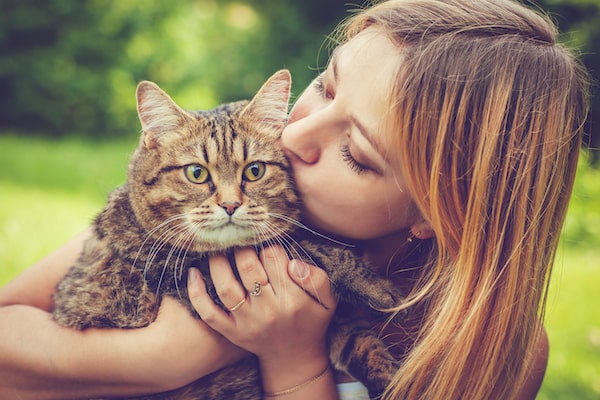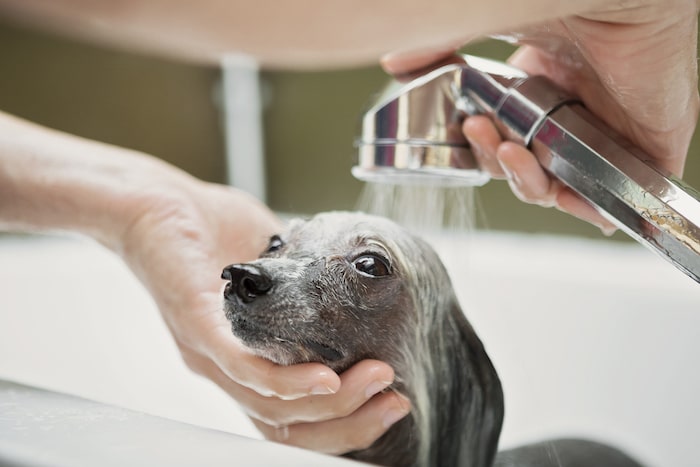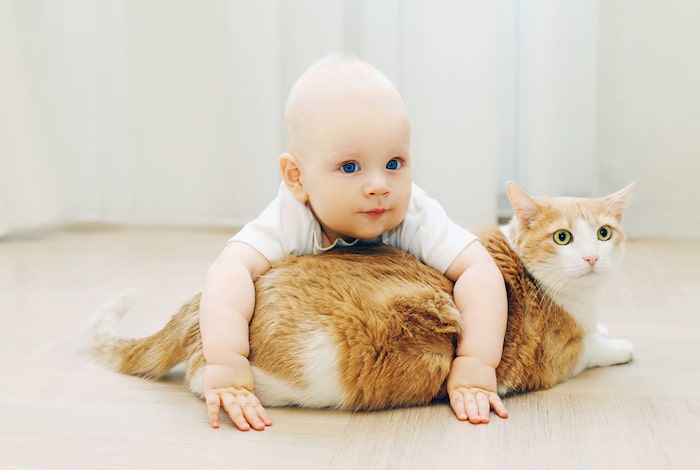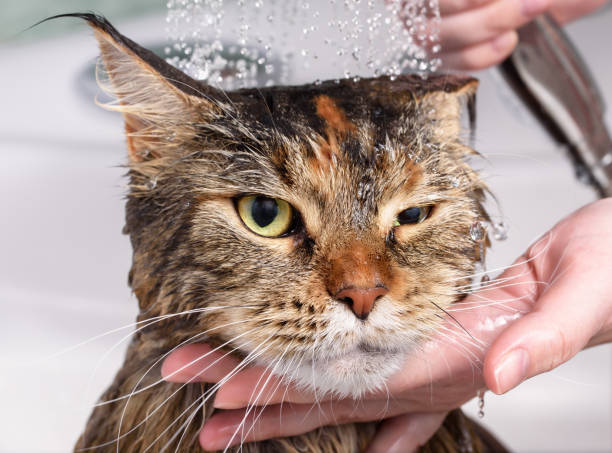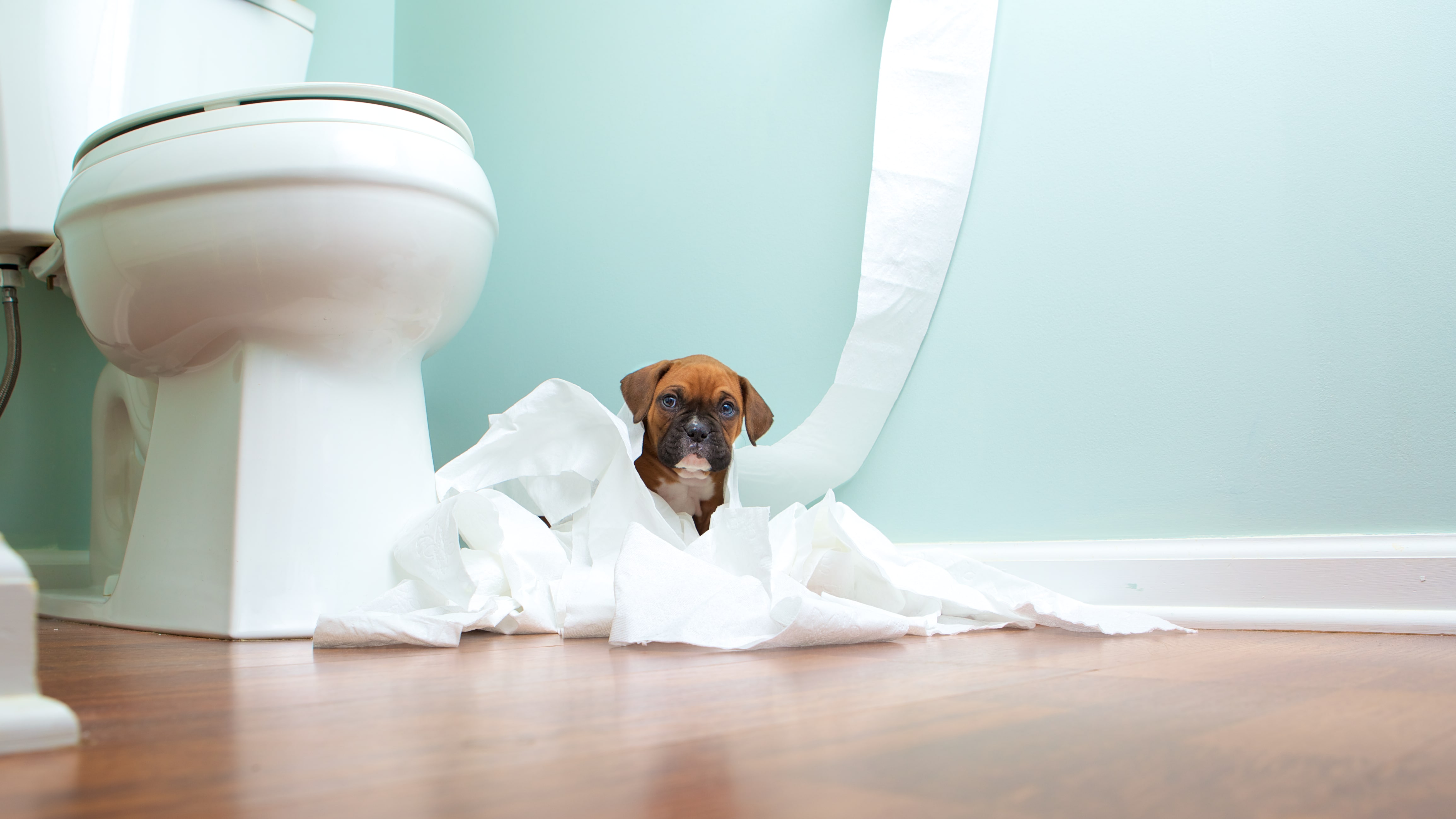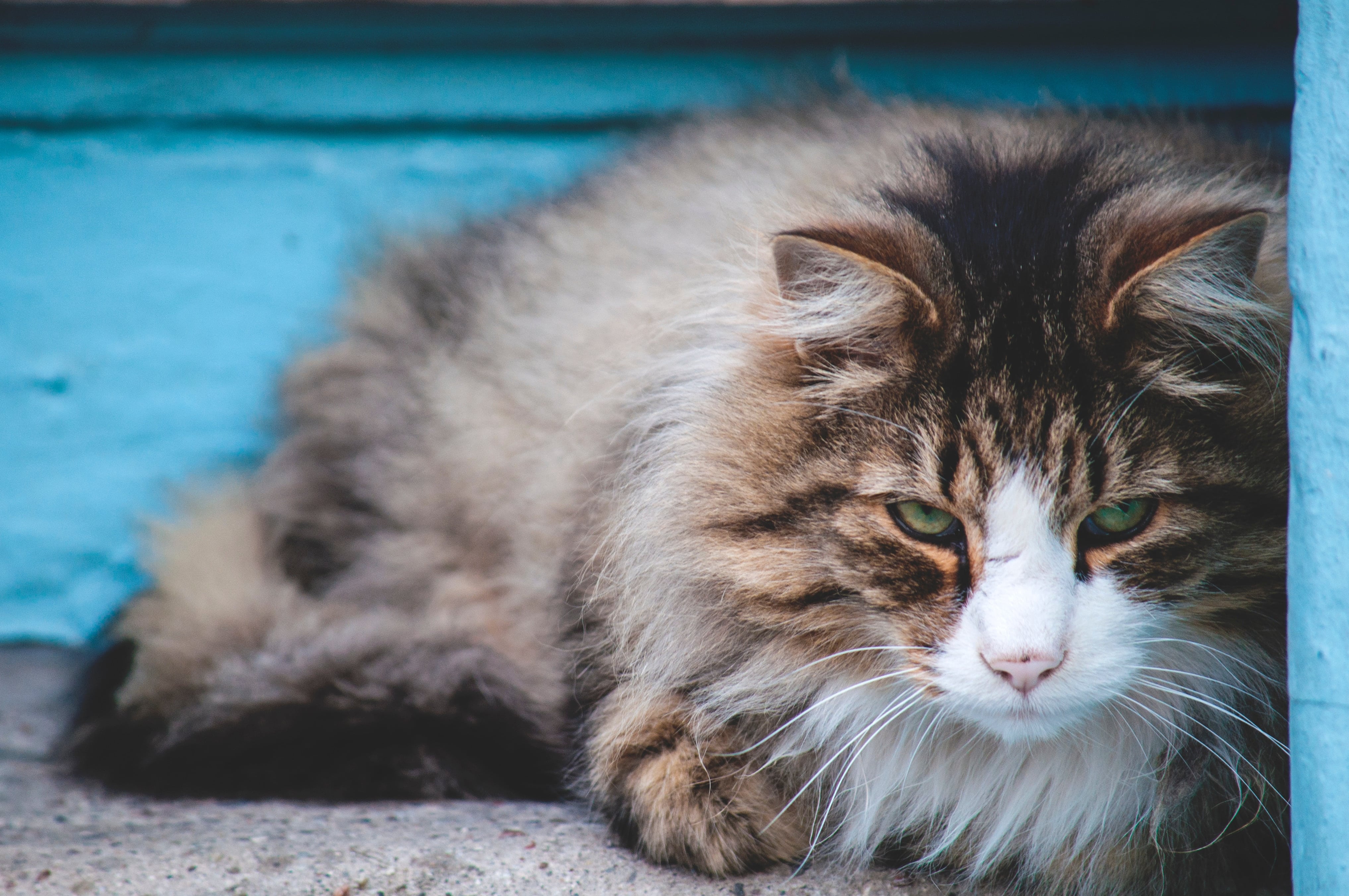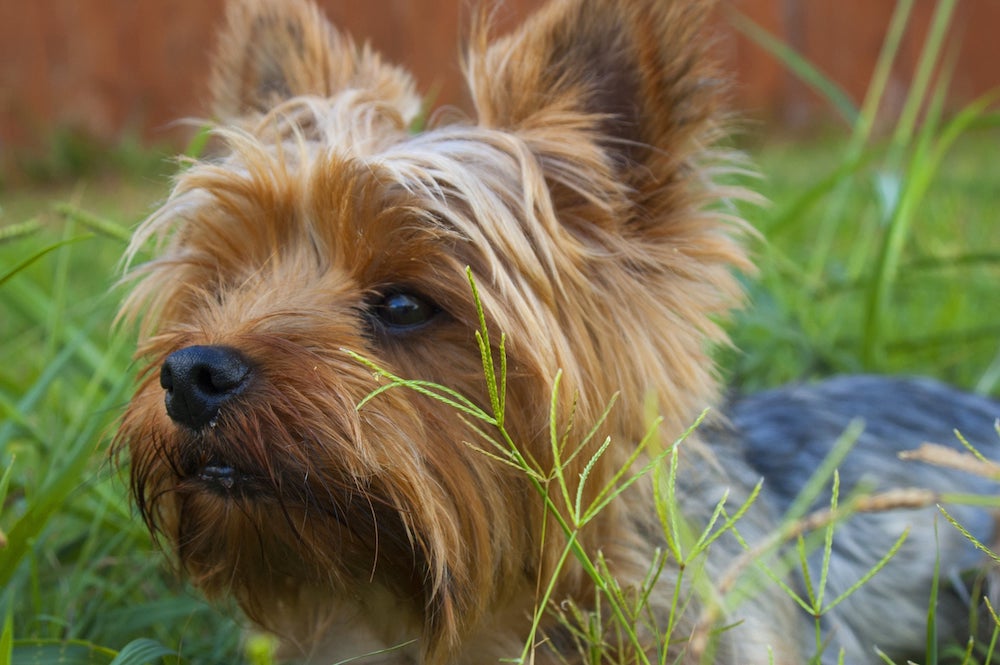
5 Best Low-Maintenance Pets for Apartments
by Amy Smith - 8/19/19
If you live in an apartment, space for pets is often quite limited. And the rules may restrict the kinds of animals allowed in the building. If you’re an animal lover and pining for company, don’t despair. You can find low-maintenance pets that will live happily in your small space while bringing you delight and companionship.
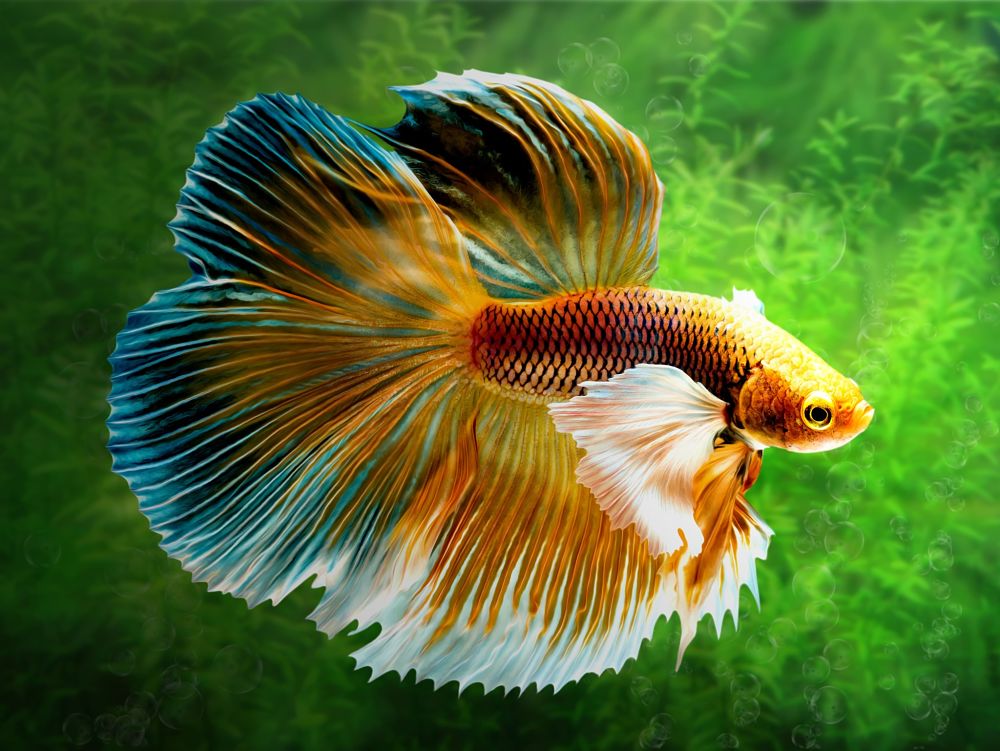
1. Betta Fish
Among the least-demanding pets to care for, fish are a good choice for apartment dwellers. Betta fish, sometimes called Siamese fighting fish, are an intelligent and beautiful species that can live from two to four years in a well-maintained tank or bowl. You’ll need to provide a 5-gallon environment for your betta fish and give him regular feedings of insects and/or betta fish pellet food. Clean the bowl regularly and maintain a steady water temperature (bettas do best in 77- to 86-degree water). Although it’s not recommended to put two bettas together, males especially, as they can be aggressive with each other, you can try adding a few different companions, such as catfish and guppies, to your little aquatic environment. For a few pellets a day and regular water changes, your swimming friends will provide beauty and a calming influence in your apartment.
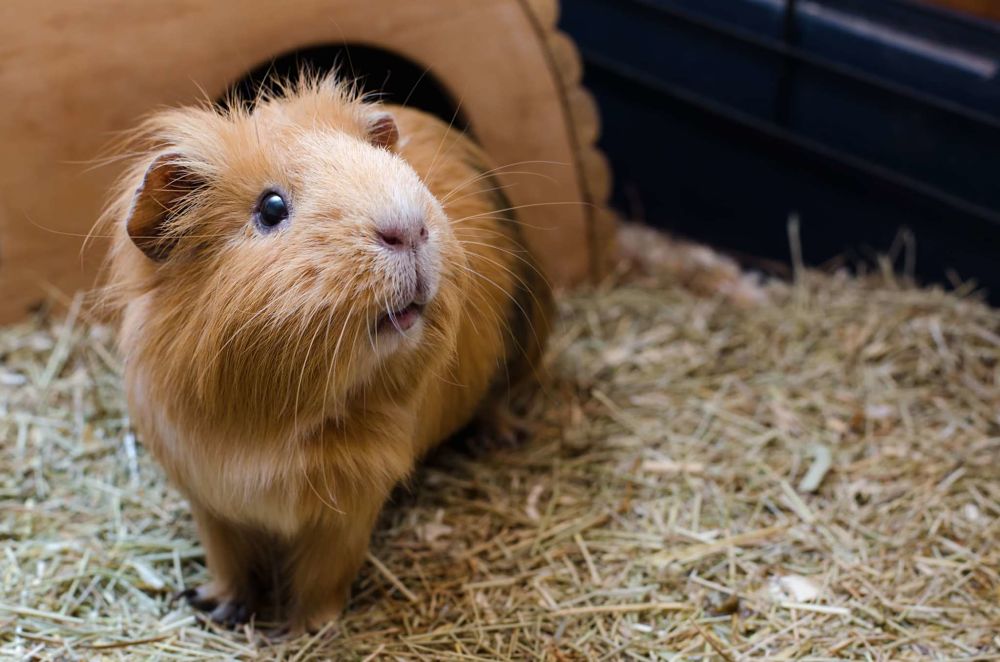
2. Guinea Pigs
If you want a furry friend to snuggle, look no further than a soft and cuddly guinea pig. These critters are very sociable, inquisitive, easy to care for and don’t need much space. For your guinea pig’s home, you’ll need a cage at least 8-feet square, bedding (such as timothy hay), and food and water dishes. Guinea pigs need fresh food (dry food, hay and fresh greens) and clean water every day. You’ll also need to remove their droppings and soiled bedding from the cage daily. Guinea pigs need time out of their cage to run and play, so set aside some time to play with your little friend in a safe area of the apartment. With good care, you can expect your guinea pig to live up to eight years.
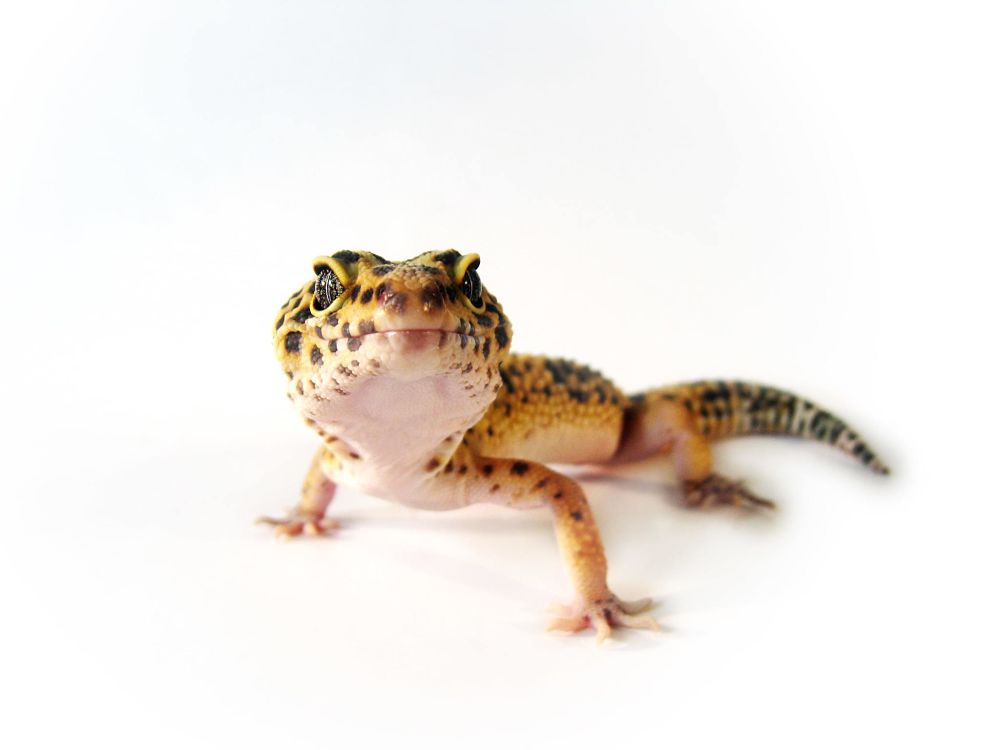
3. Leopard Geckos
When their living space is contained in a large terrarium, lizards can be the perfect choice for your small apartment. A variety of lizards are available to potential reptile owners, but a popular “beginner” lizard is the leopard gecko. This little guy can grow up 10 inches in length and usually lives for 10 years, although some may live as long as 20 years. One leopard gecko needs a 10-gallon glass or plastic tank with places to hide and climb, paper or other gecko-friendly substrate, a water bowl and a heat source to keep one section of the tank between 75 and 88 degrees. Leopard geckos eat insects, so you’ll need to provide crickets, waxworms and mealworms that have been fed on chick or hog mash prior to being fed to your gecko. Starting slowly, get your gecko used to a few minutes of handling each day. Soon, he’ll happily climb over your lap and hands for regular interaction.
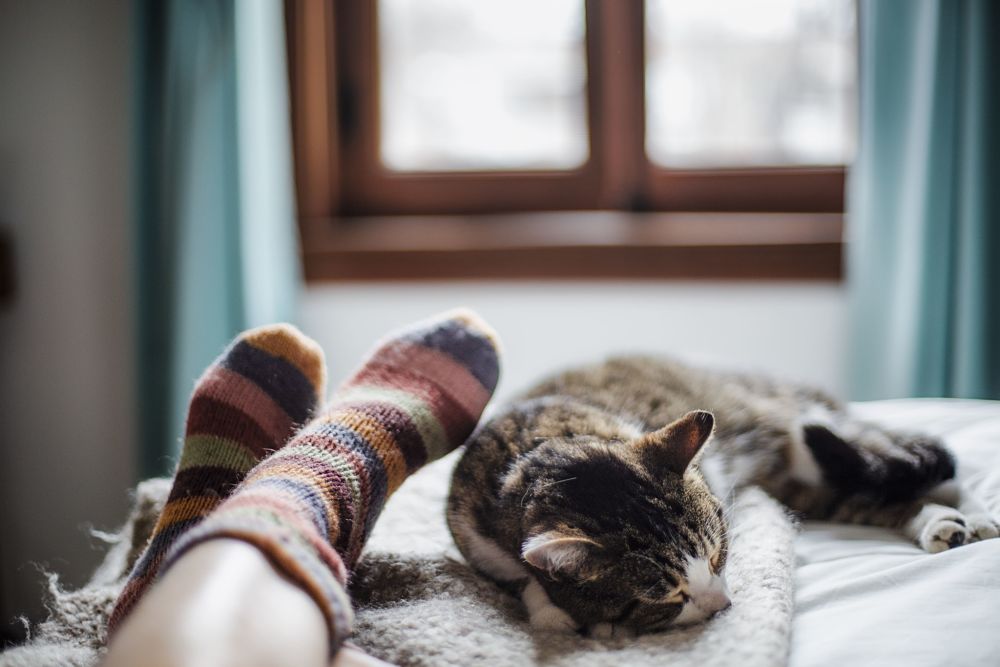
4. Cats
Depending on the rules in your apartment building, you may be allowed to keep a cat. Cats are definitely low-maintenance and can be affectionate and rewarding companions. To keep a cat indoors, you’ll need to provide a litter box and scoop the waste from the litter daily. You’ll also need to provide cat food (kibble or wet canned food) and clean water. If you have a long-haired breed, he’ll need a brushing from time to time to keep mats from forming in his fur. Besides these simple necessities, give your cat a cozy bed or let him share yours, and he will love you forever.
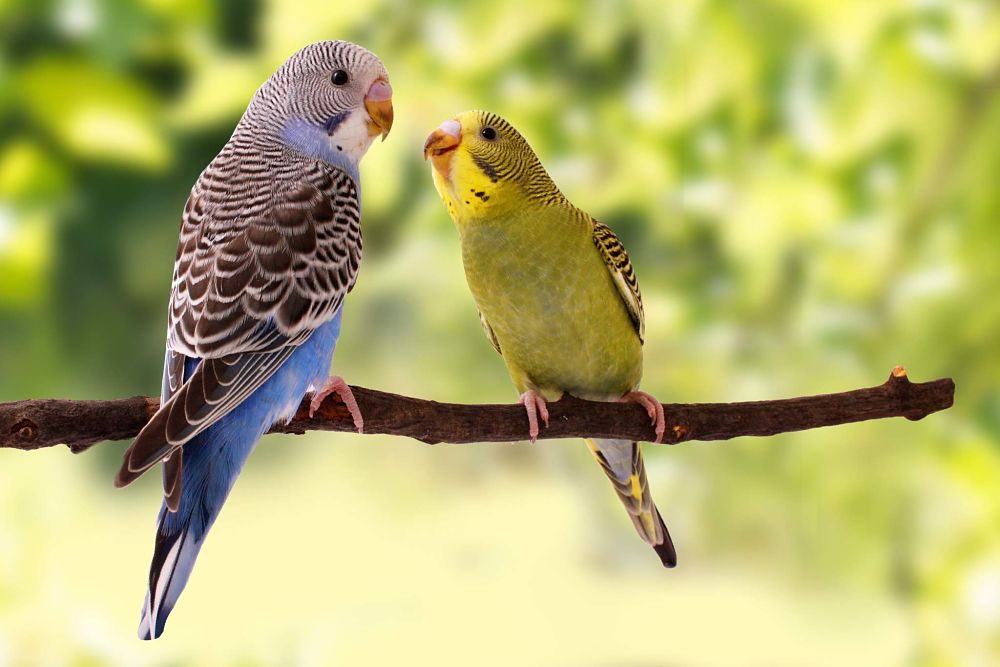
5. Birds
Another easy-to-care-for indoor pet is a bird, but if you live in an apartment you should choose a species that’s not too noisy for your neighbors. Parakeets, cockatiels and canaries have quiet vocalizations and are small and easy to care for. Be aware that these birds can be a long-term commitment. Parakeets usually live five to nine years, cockatiels can live up to 20 years, and canaries in captivity often live from 10 to 15 years. Your birds will need a cage large enough to provide space for flying. They should also have time out of their cage every day to fly in a more open space. You’ll need to provide fresh water and food daily, including seed and a variety of fruits and vegetables. Your birds’ cage will also need regular cleaning, and you may need to sweep or vacuum frequently as they can spread seed around liberally while feeding. In return for your time and care, parakeets and cockatiels will “talk” and whistle and allow you to hold and play with them.
Amy Smith is a writer specializing in family and parenting topics. She teaches English, Latin and music at a private school and lives with her husband and five children on a small homestead in rural Pennsylvania.
References


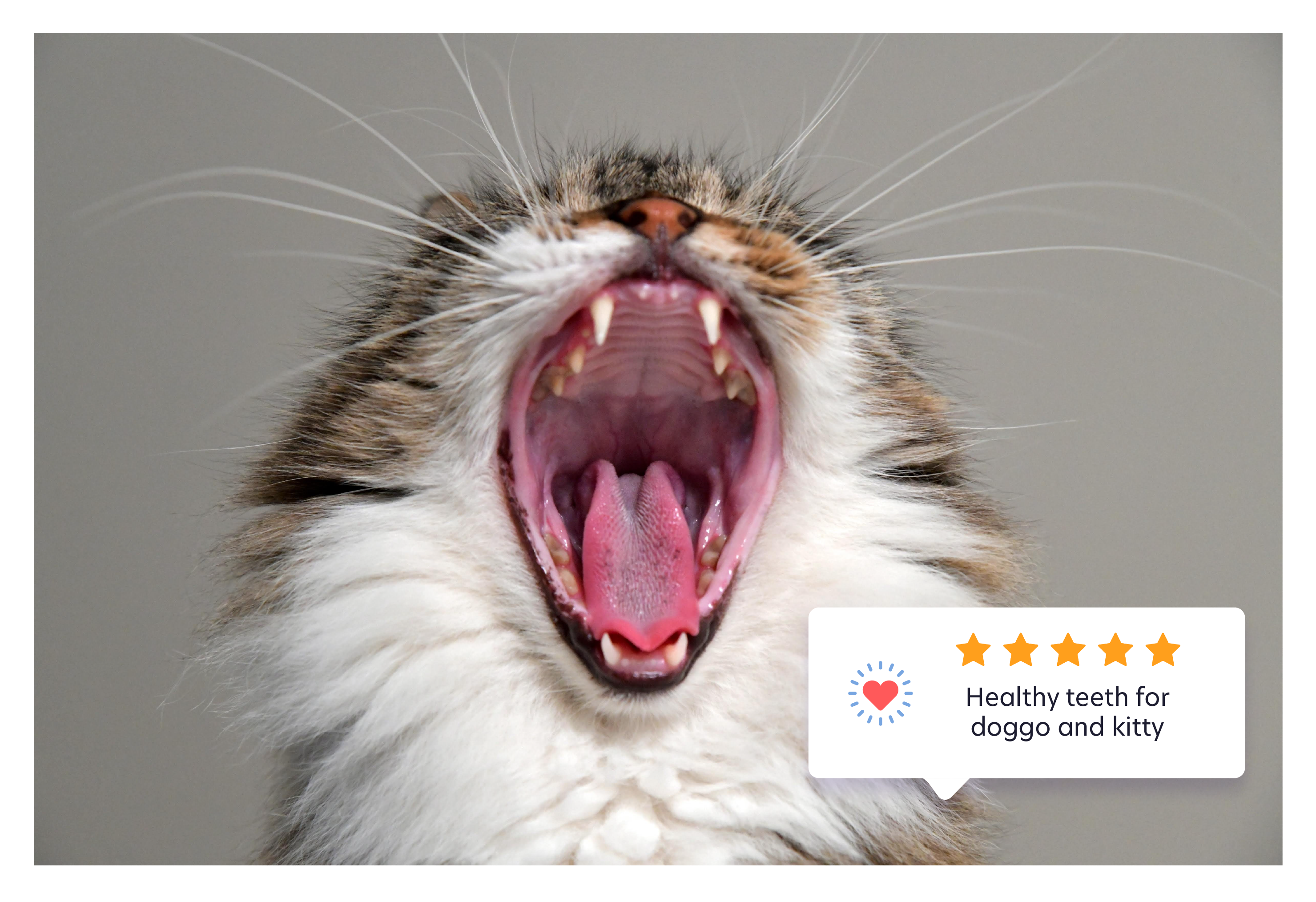

.jpg)
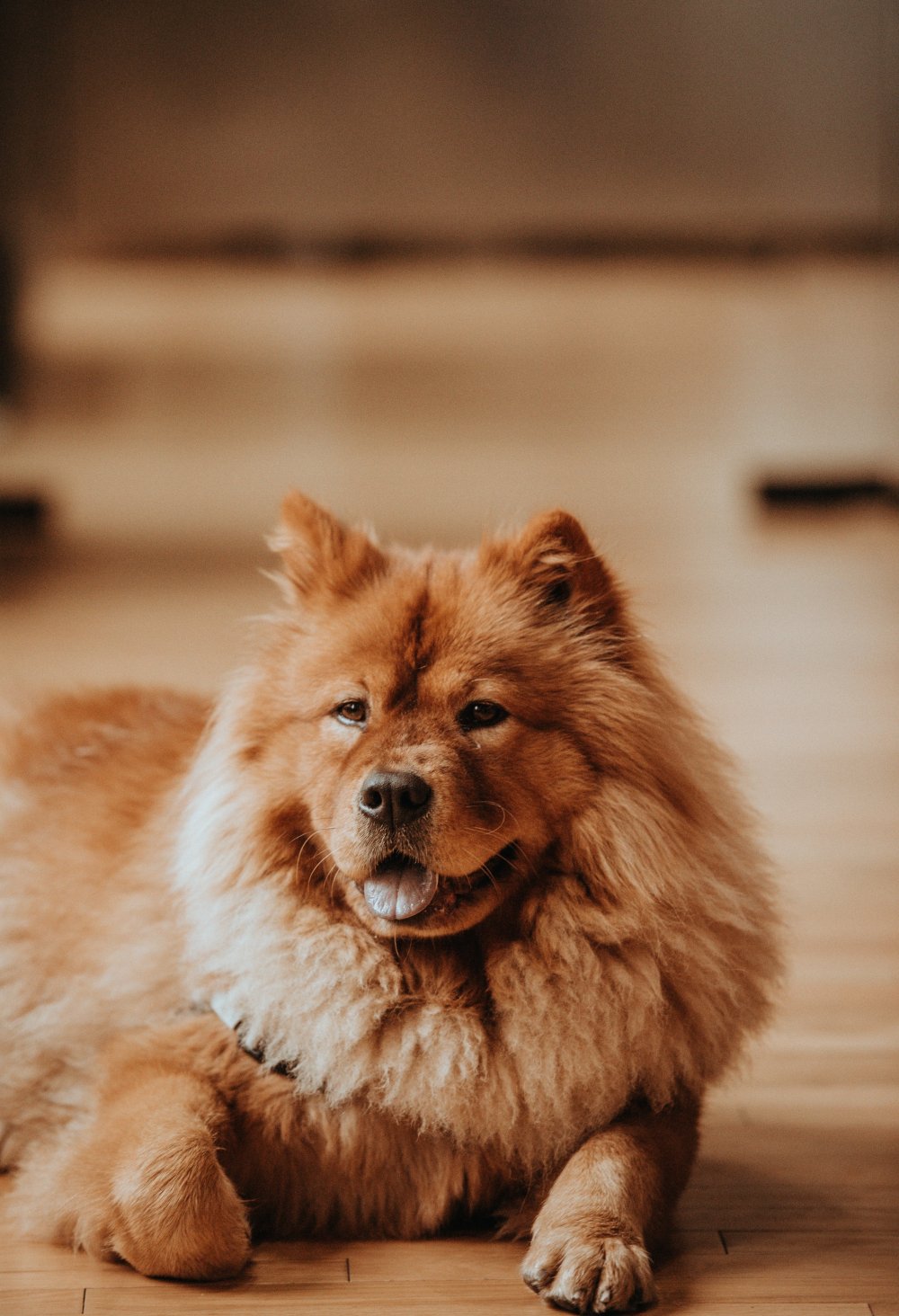
.jpg)
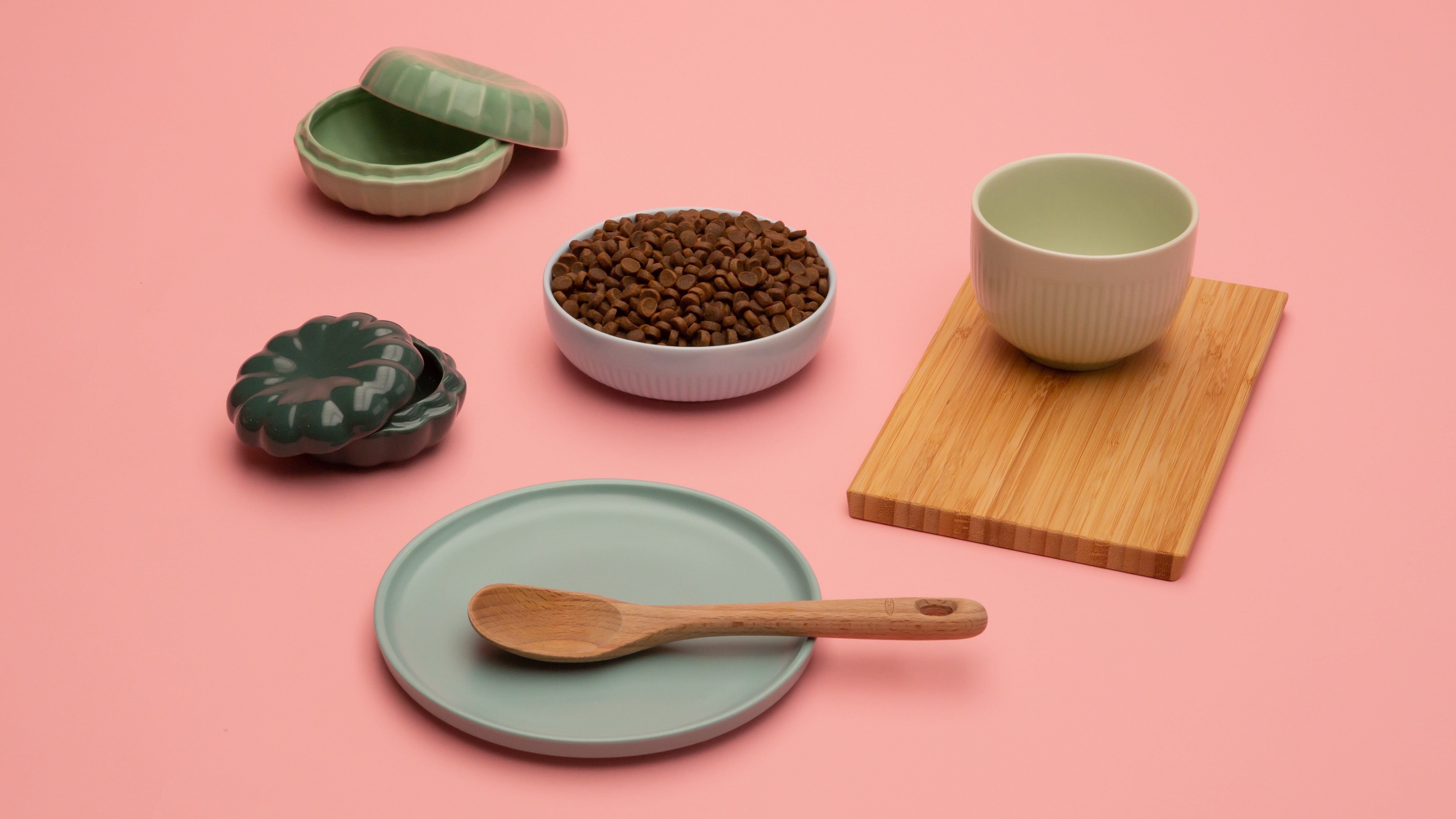
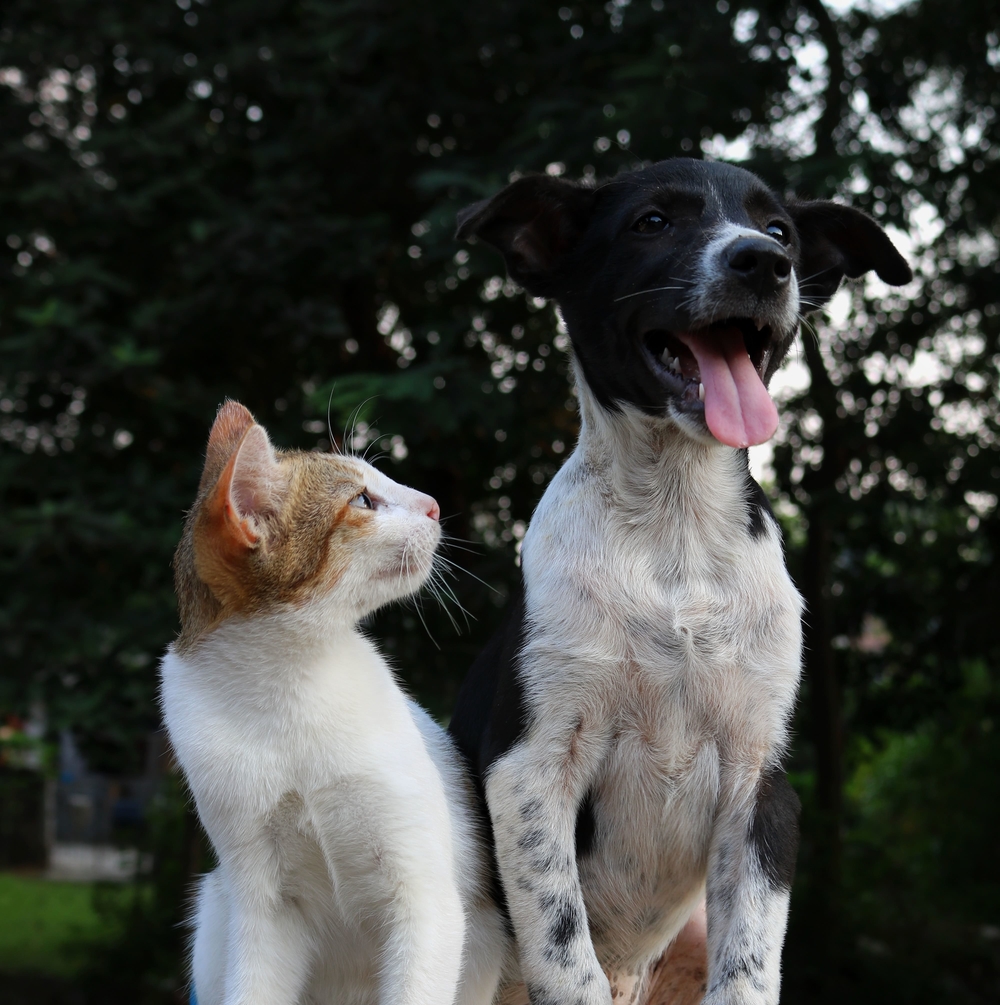
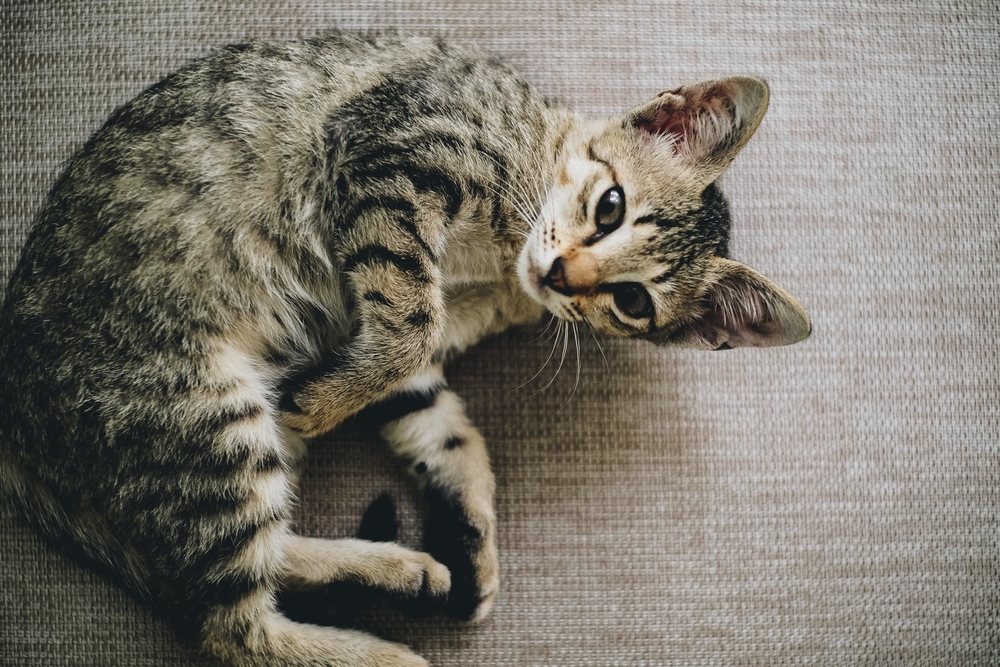
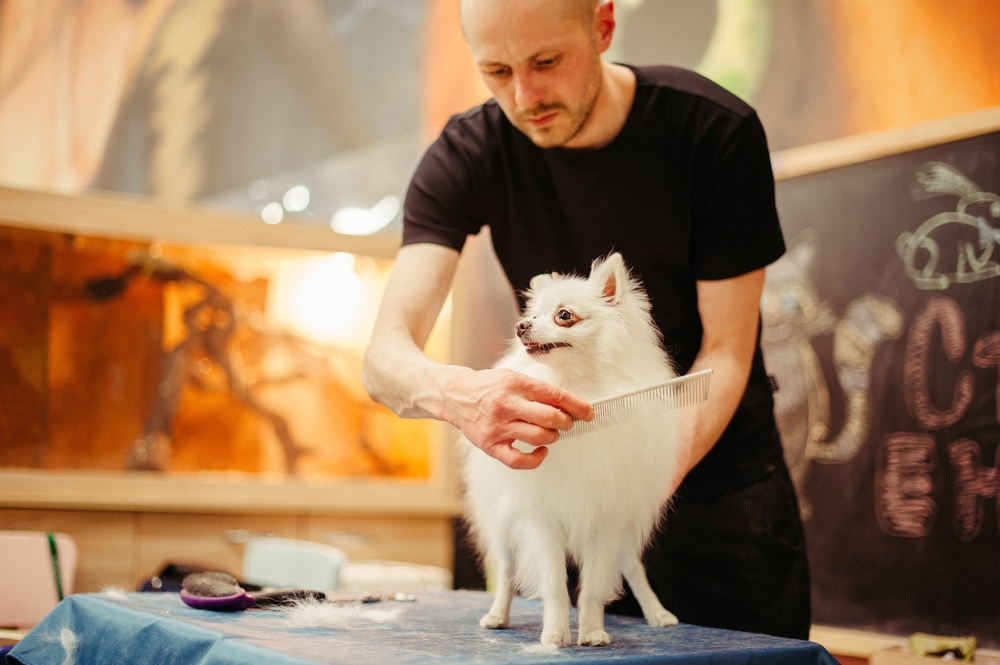
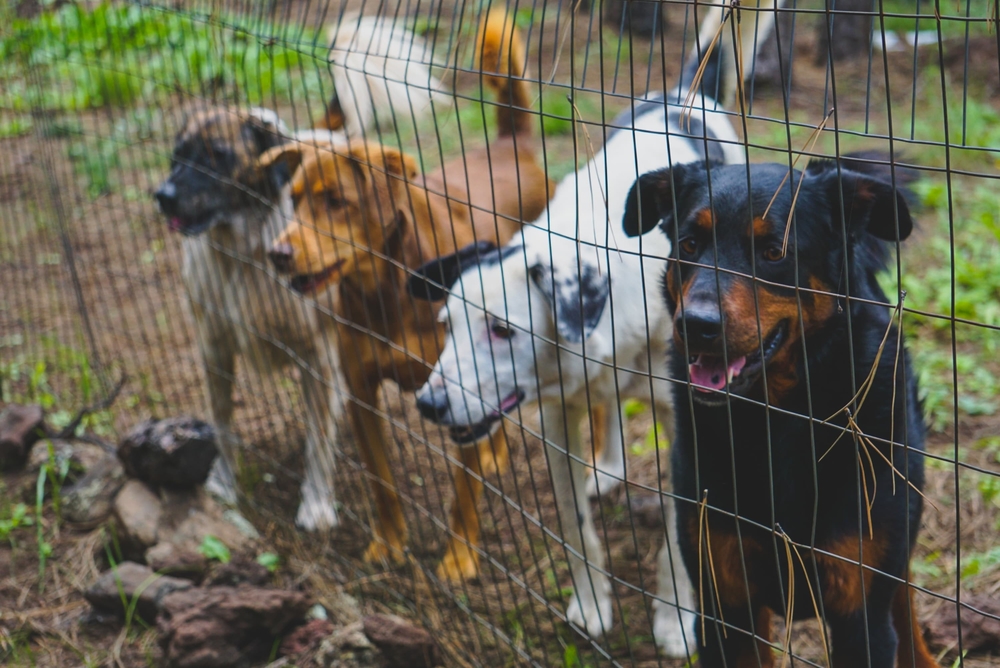
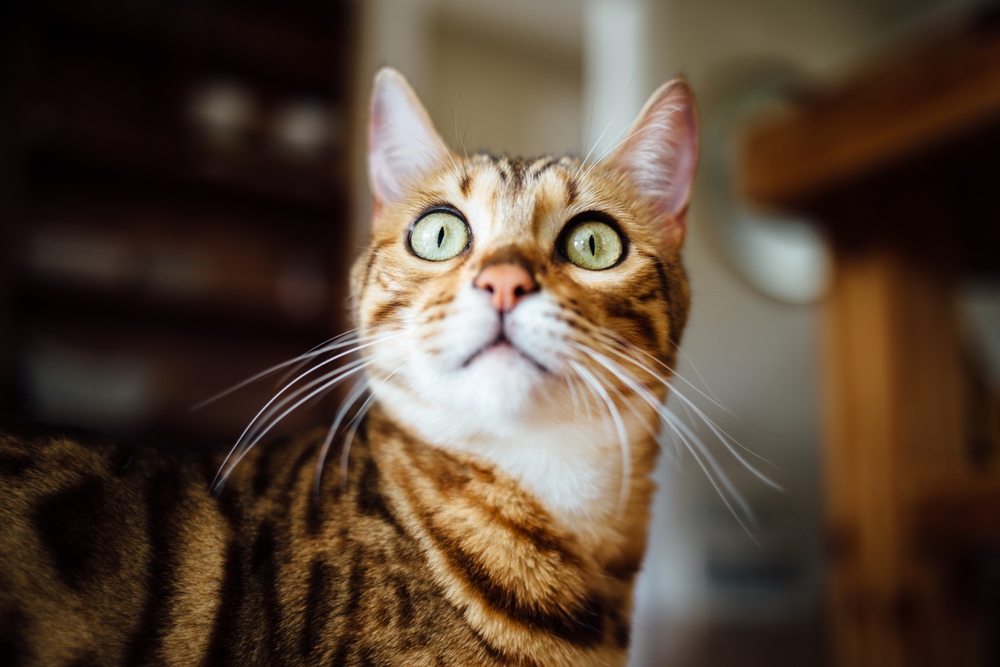


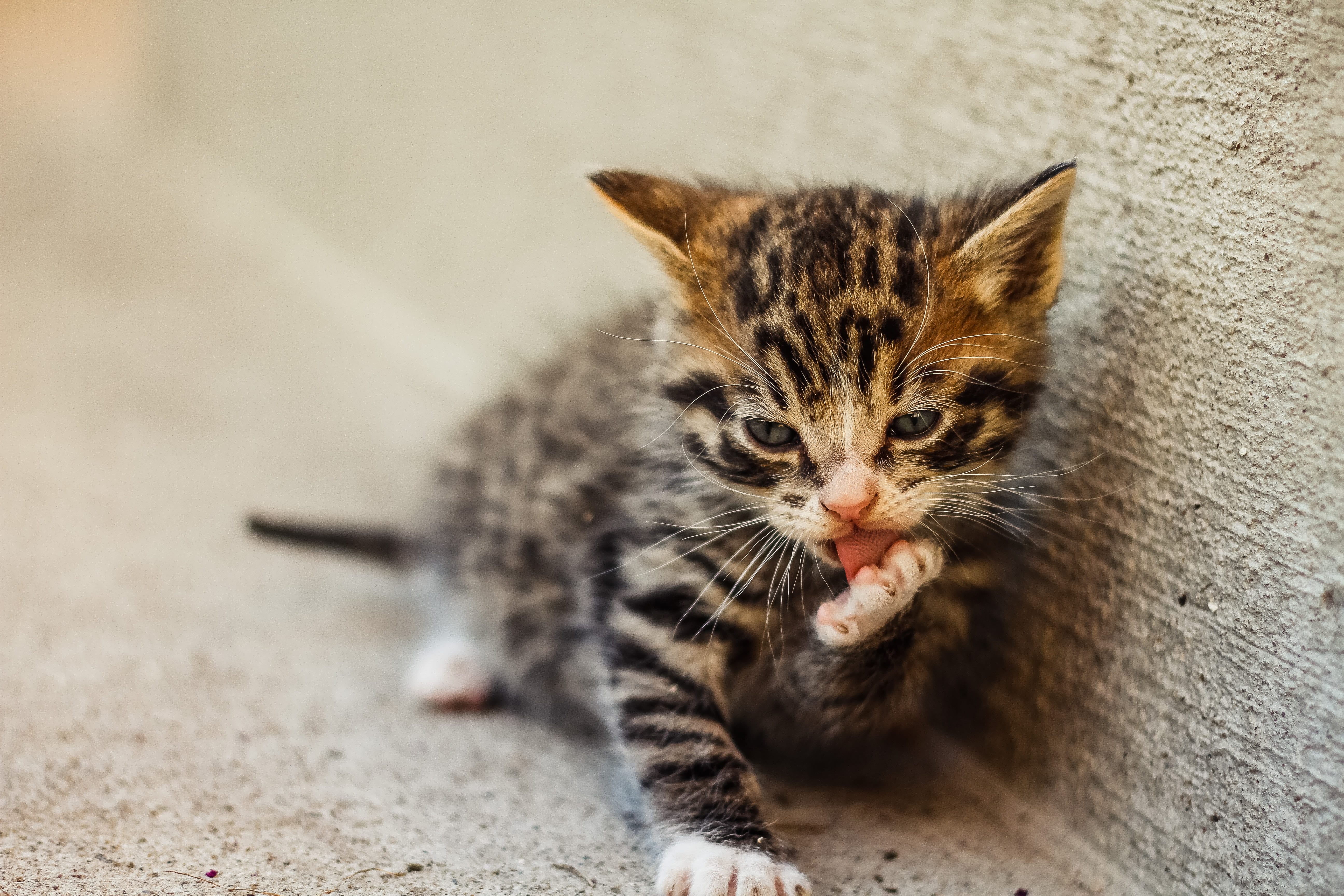

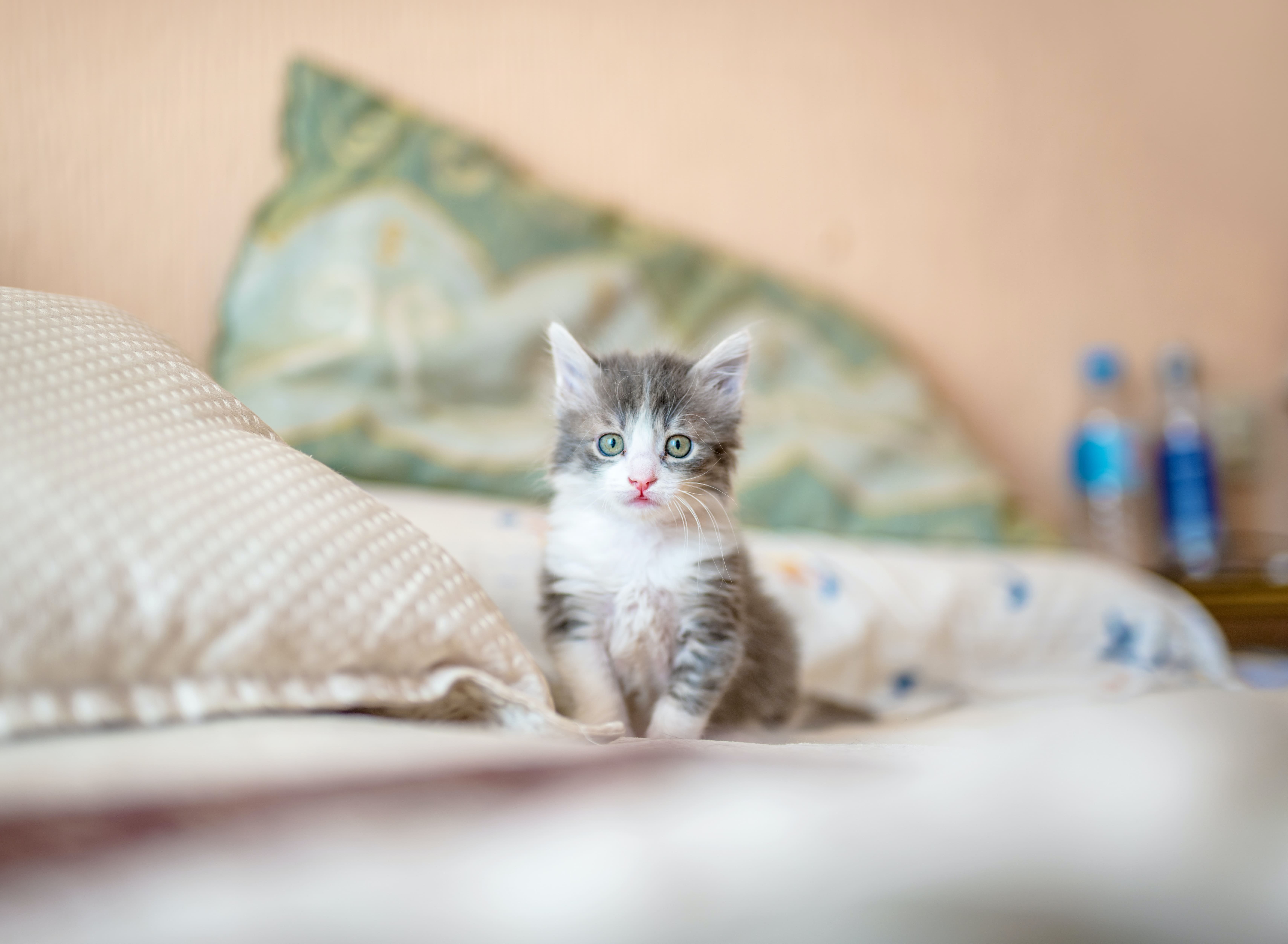
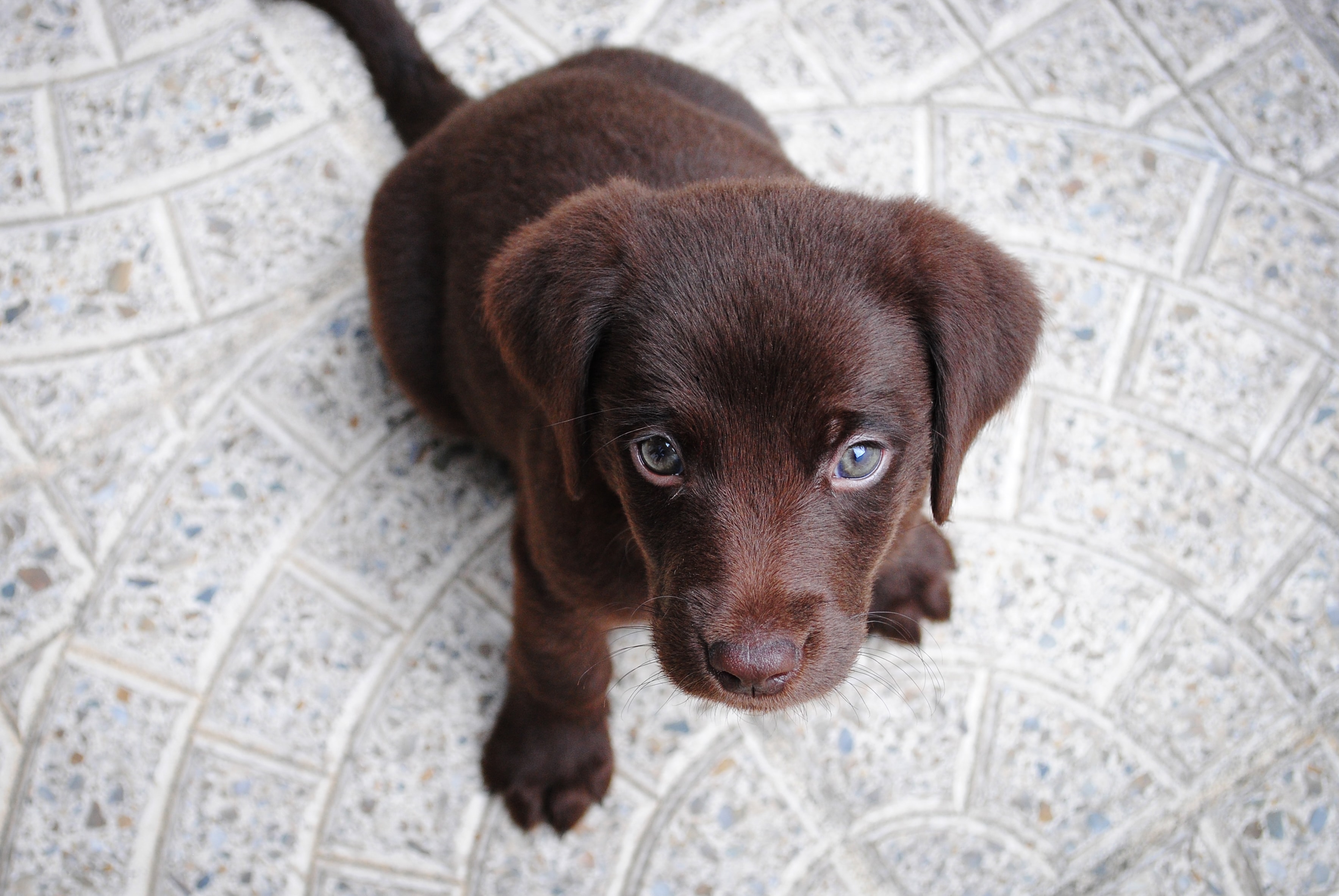
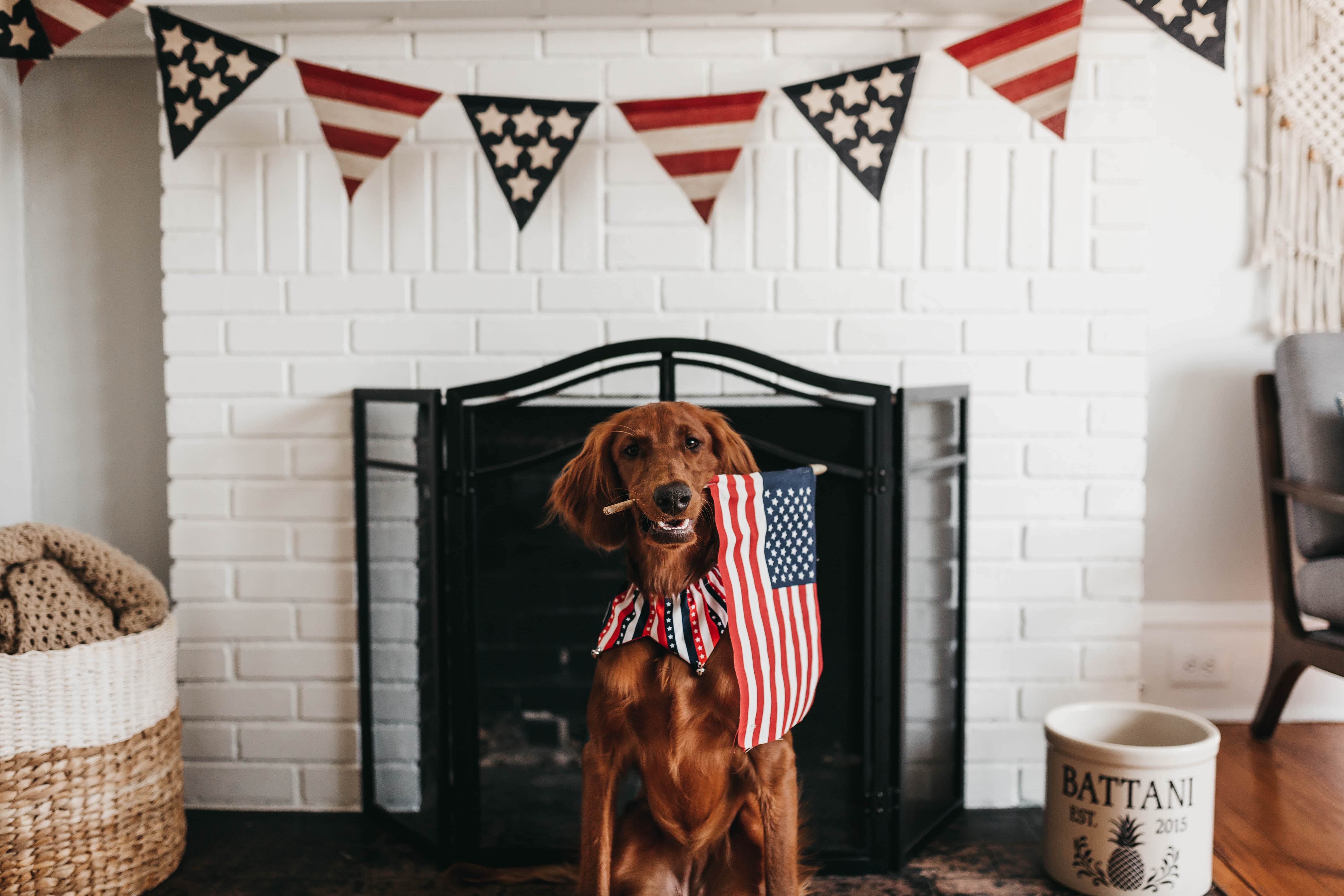
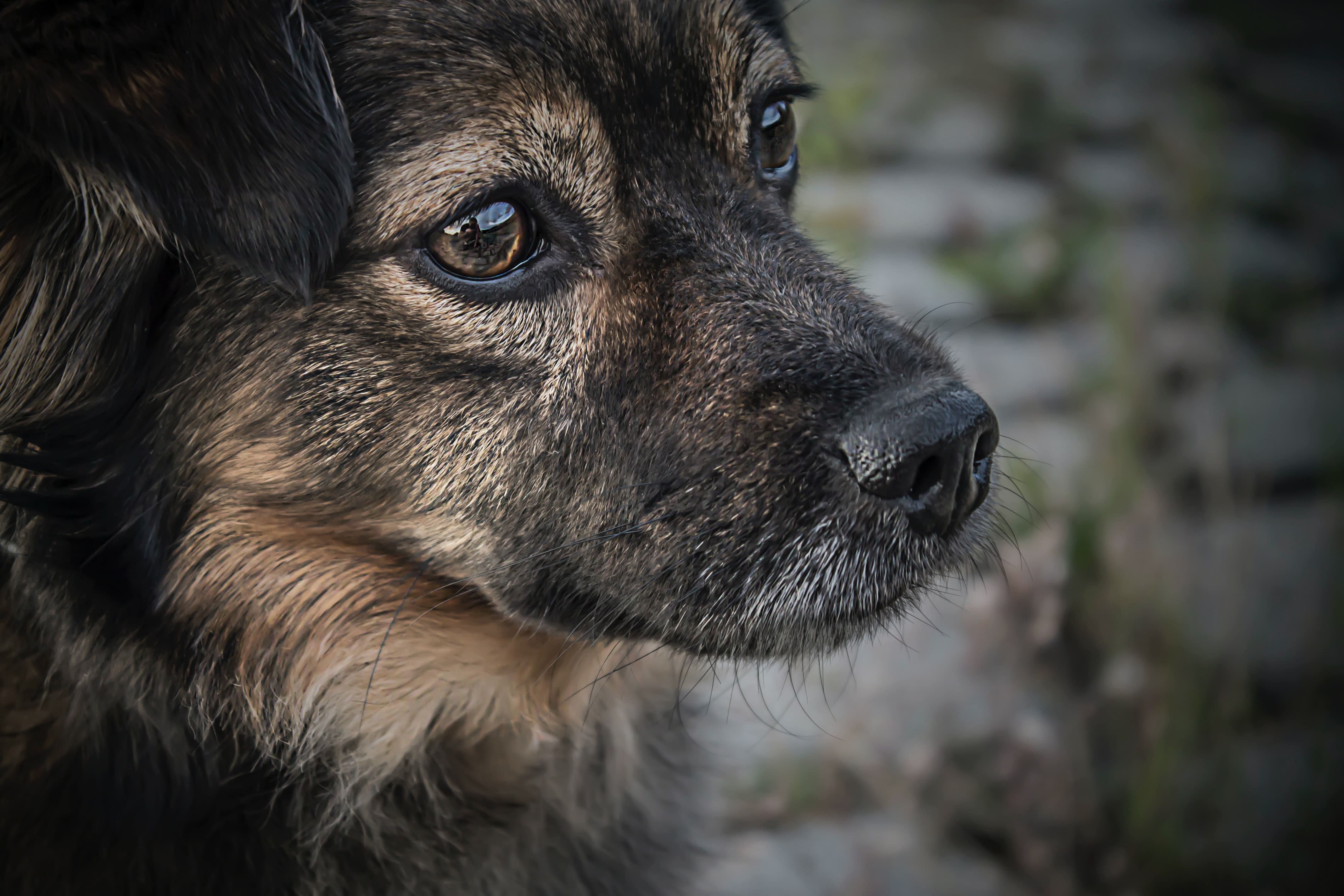
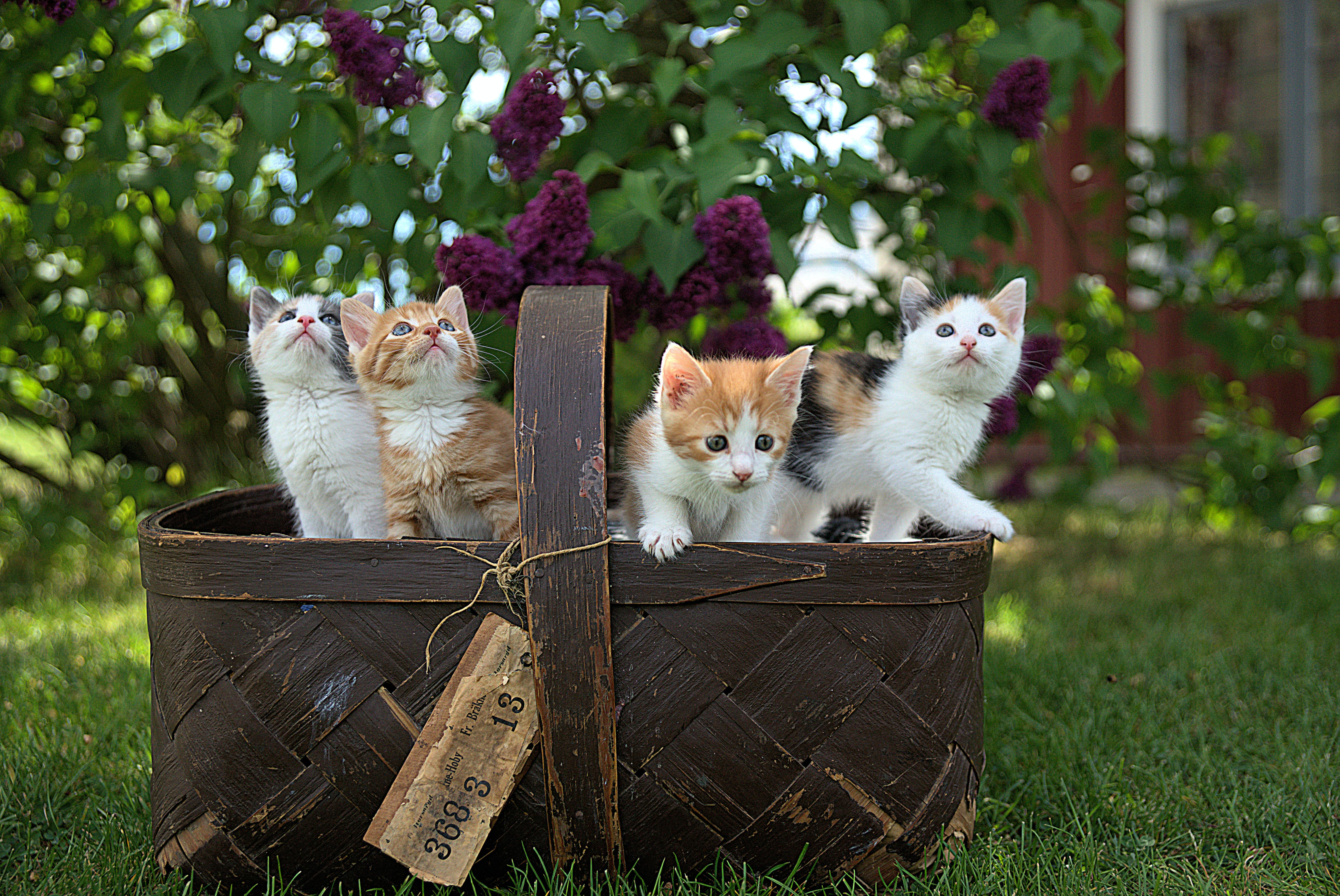
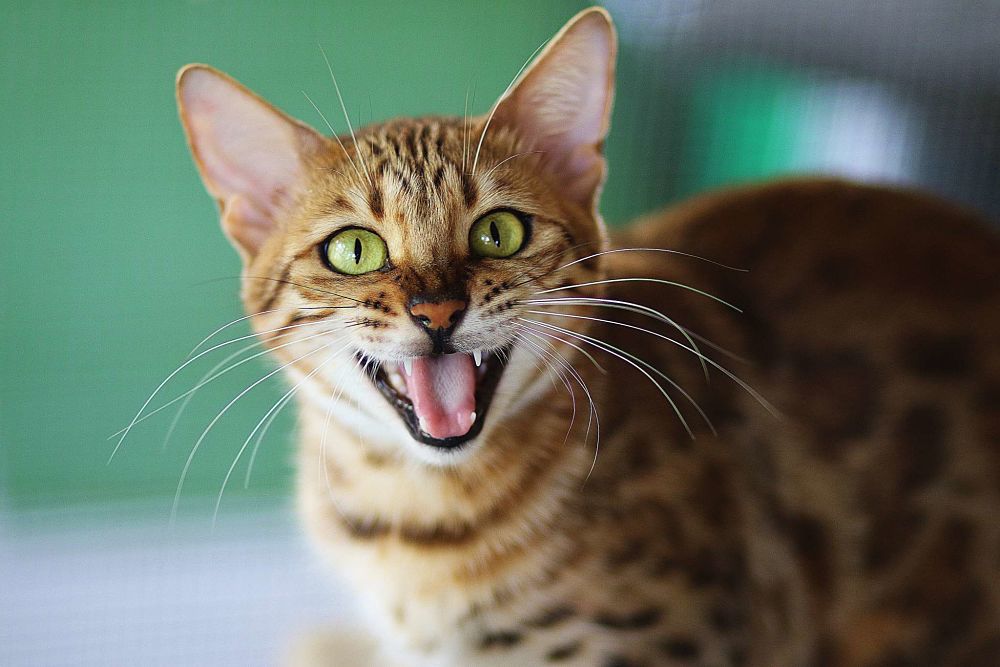
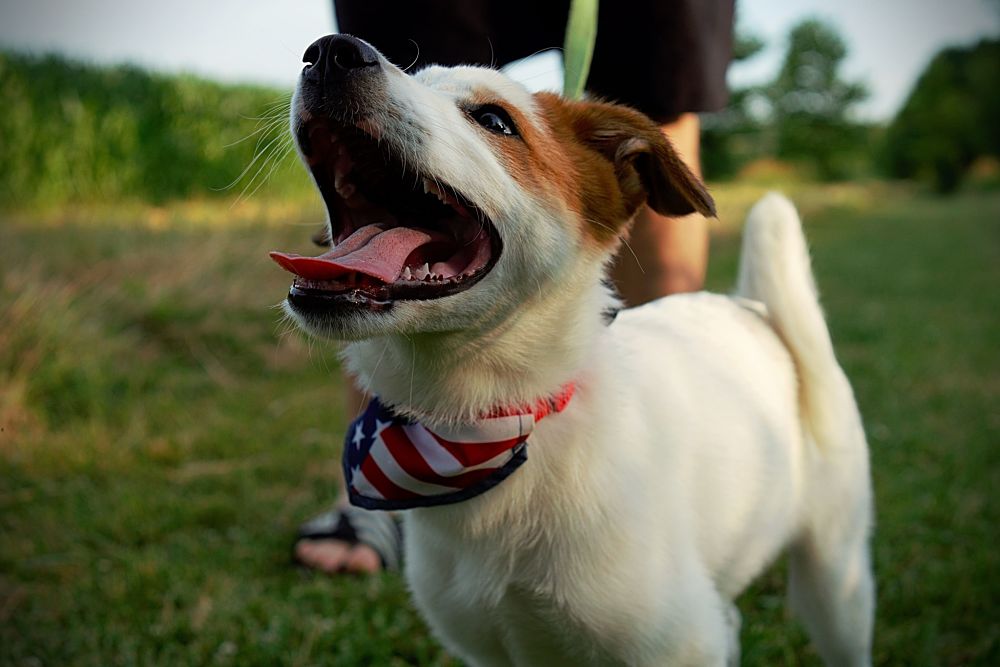

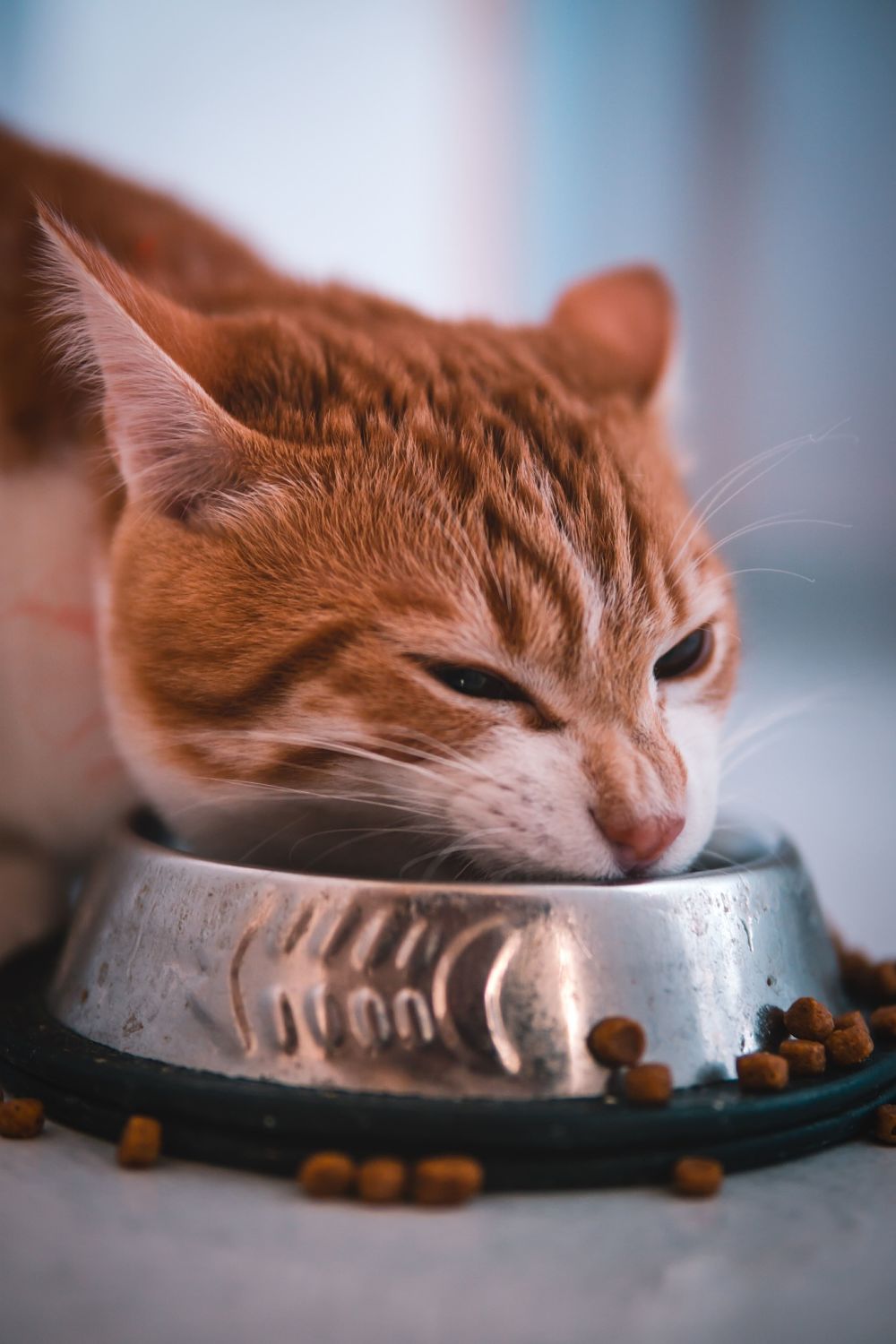

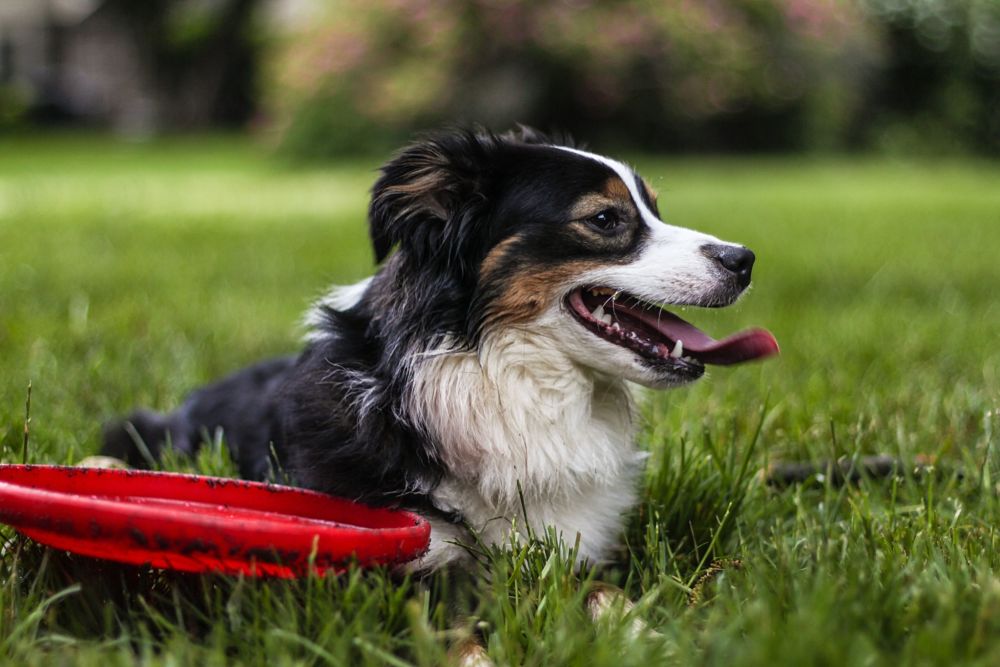
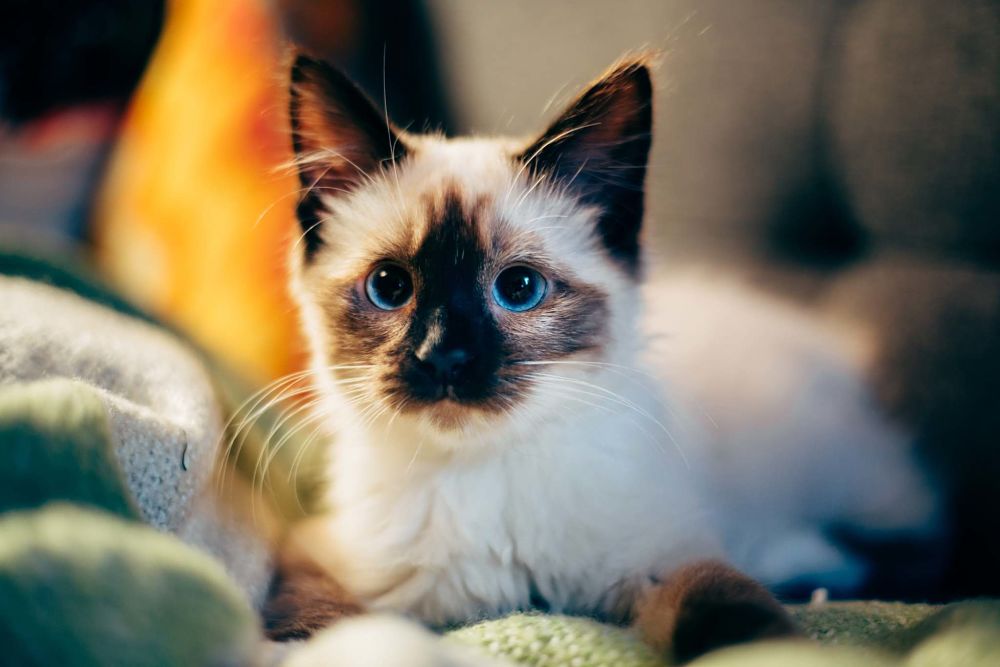
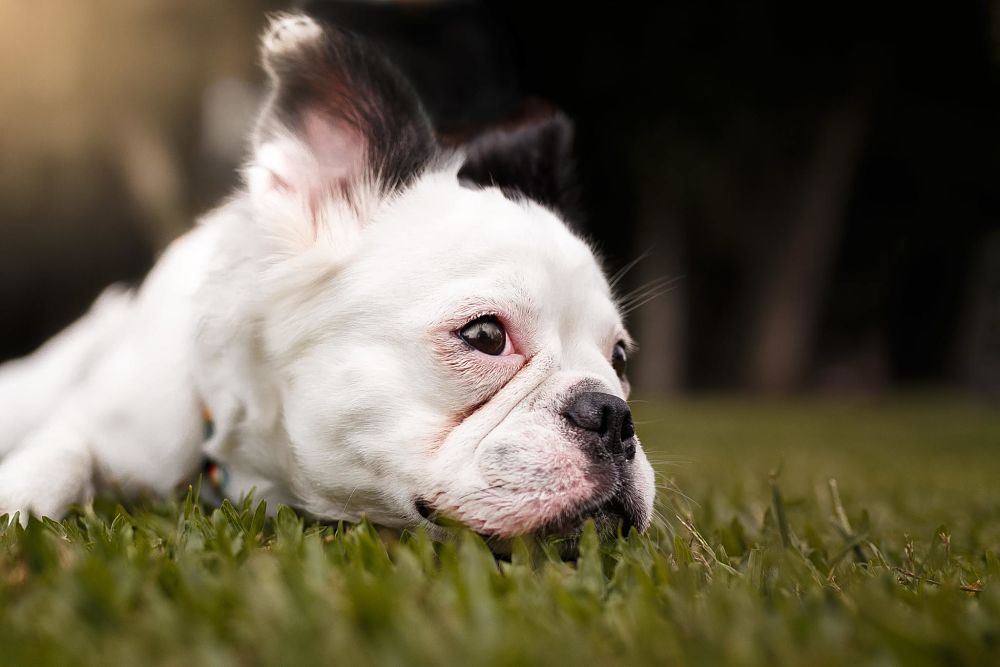
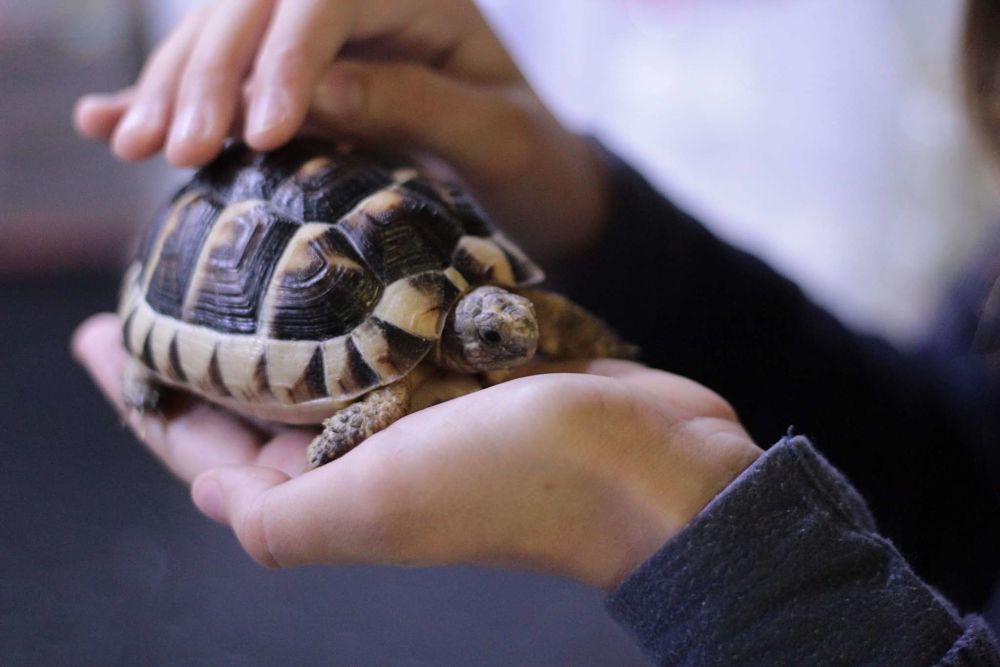
.jpg)


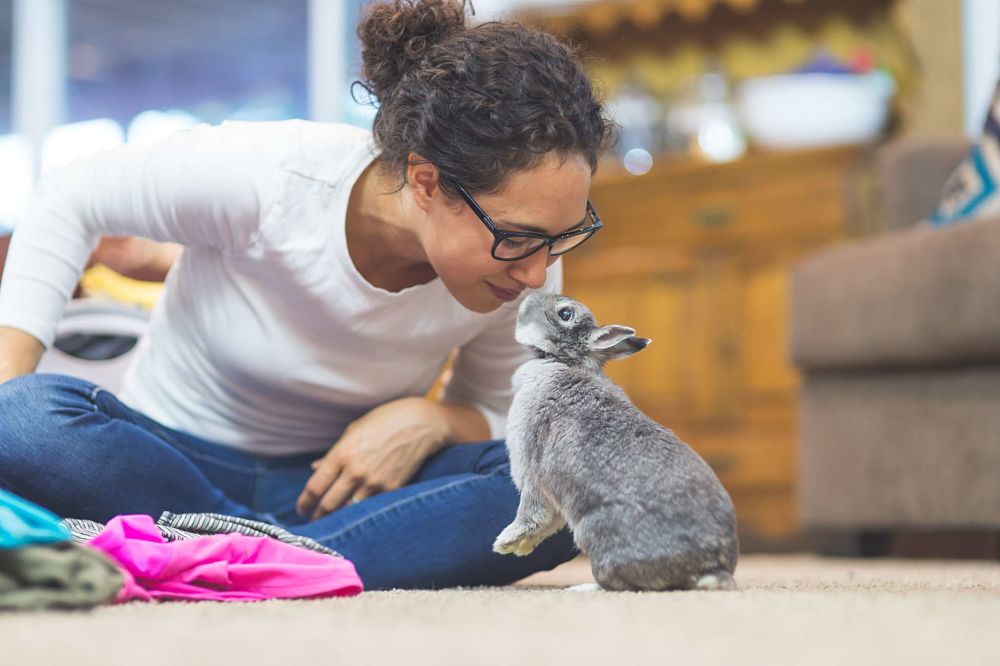
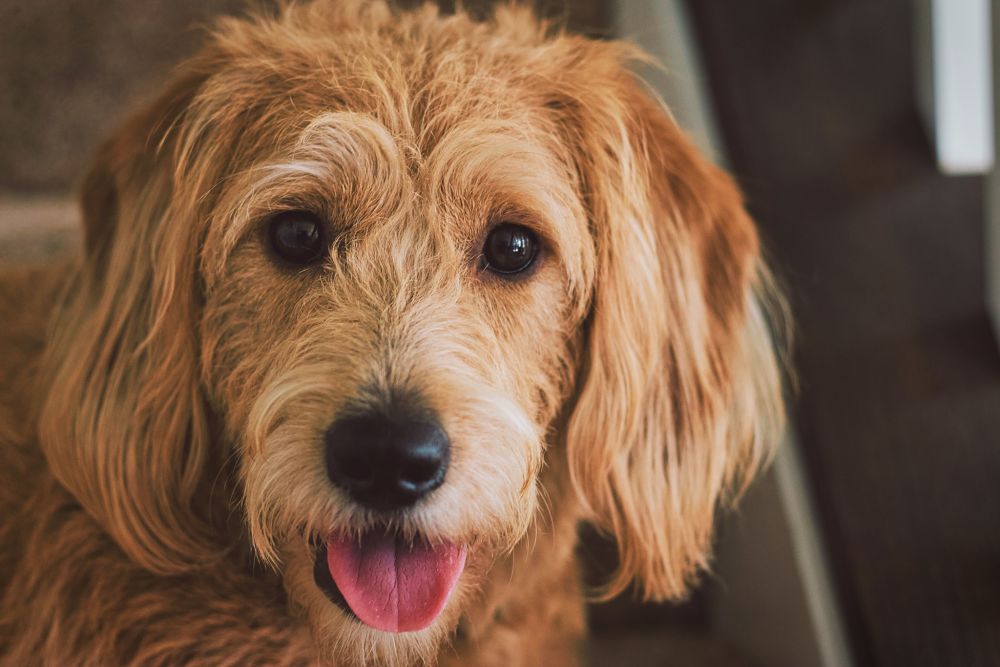
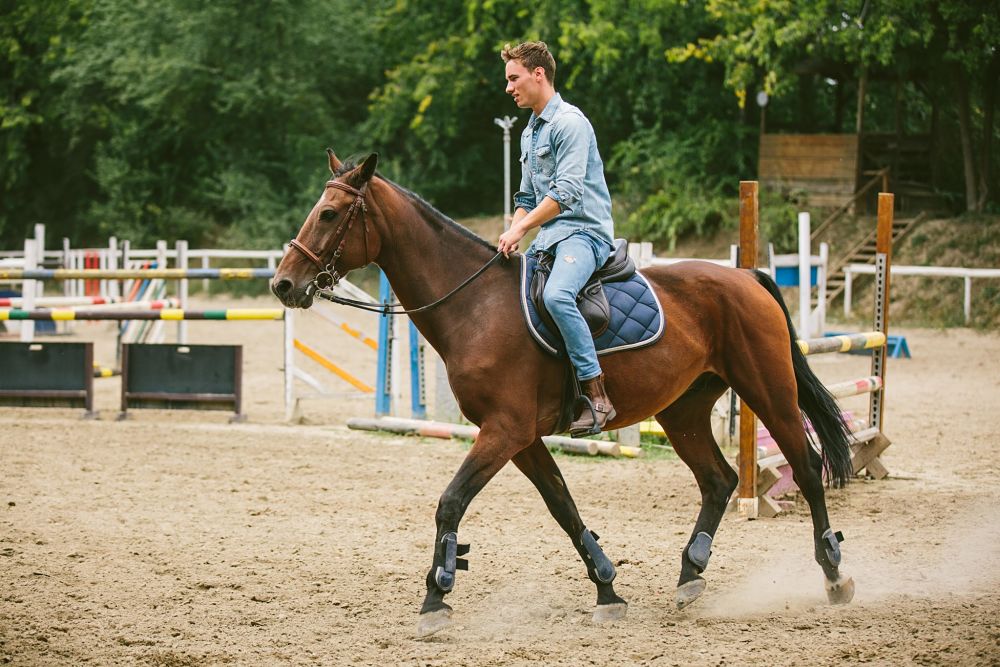
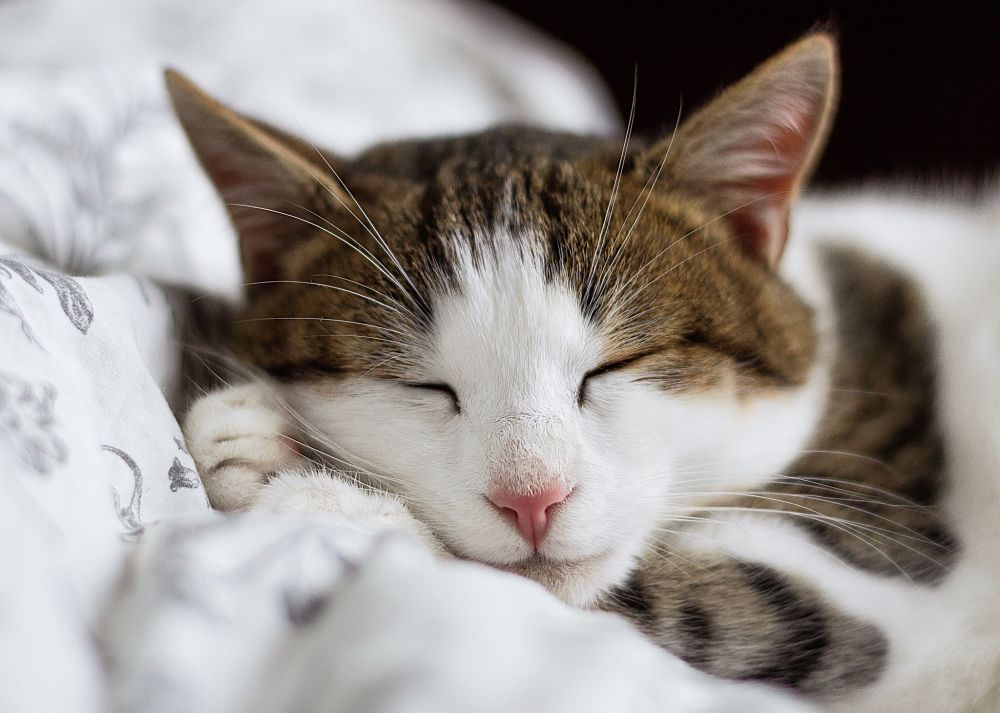
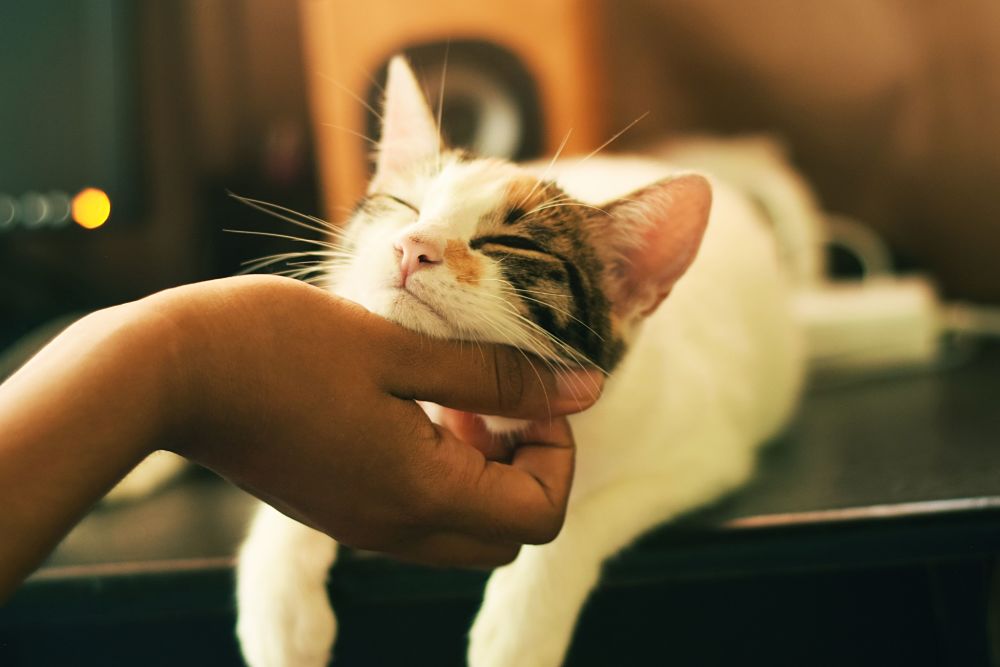


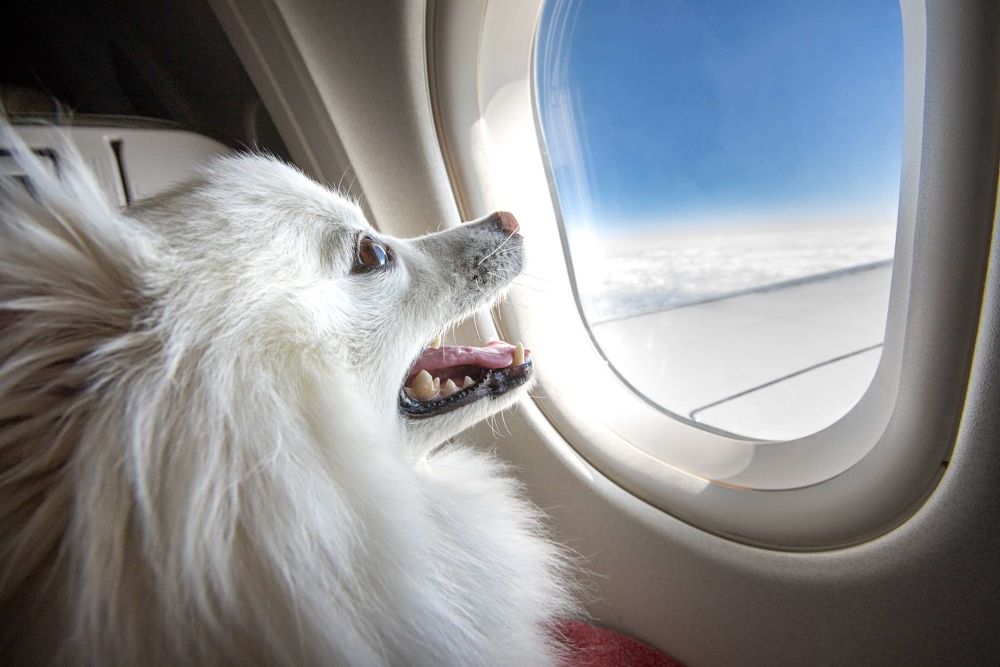

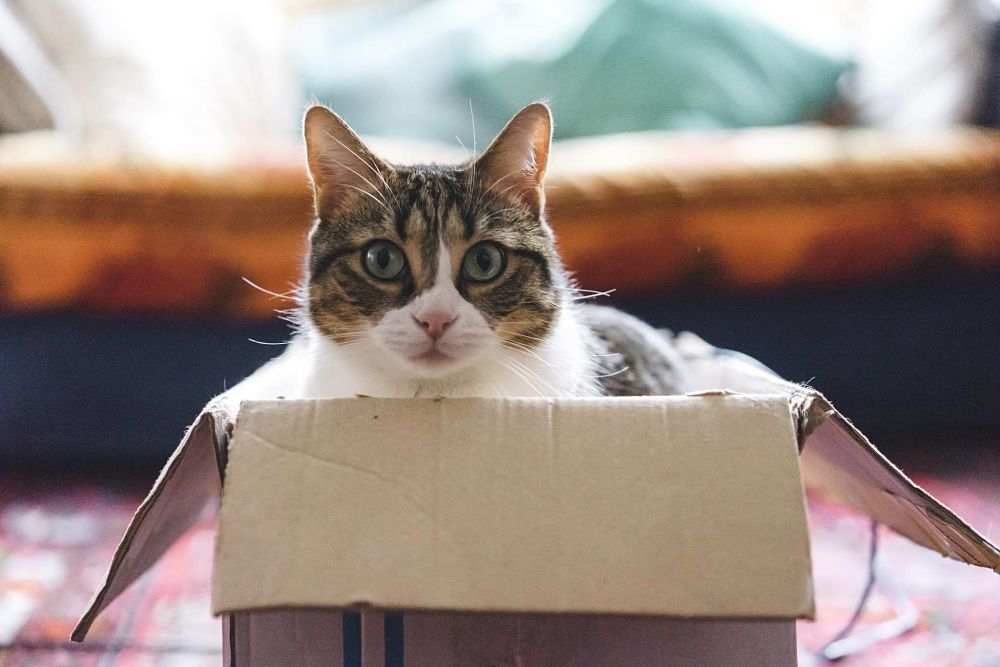

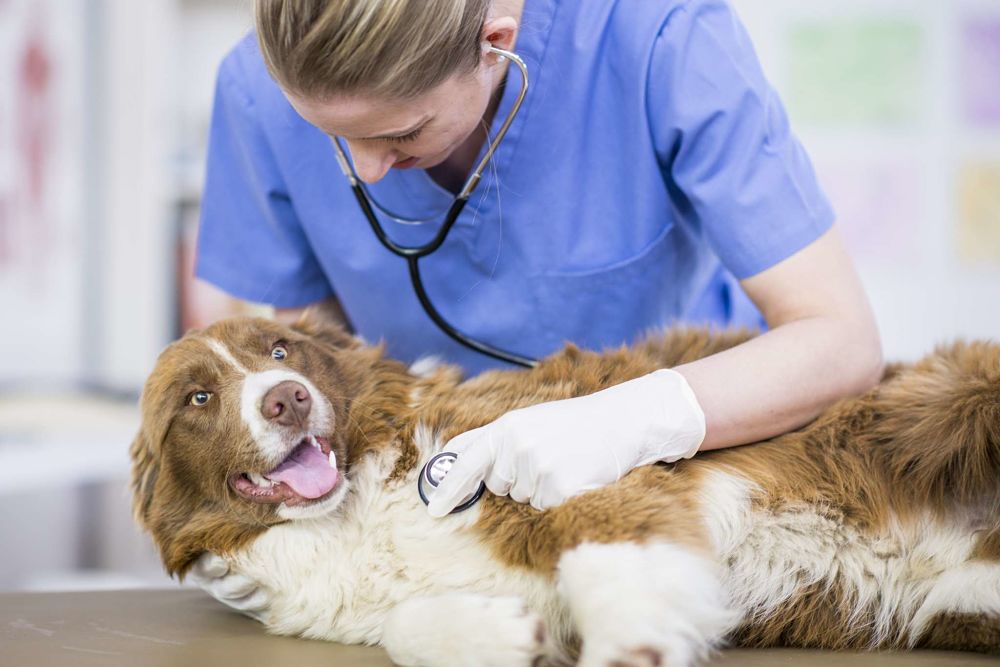
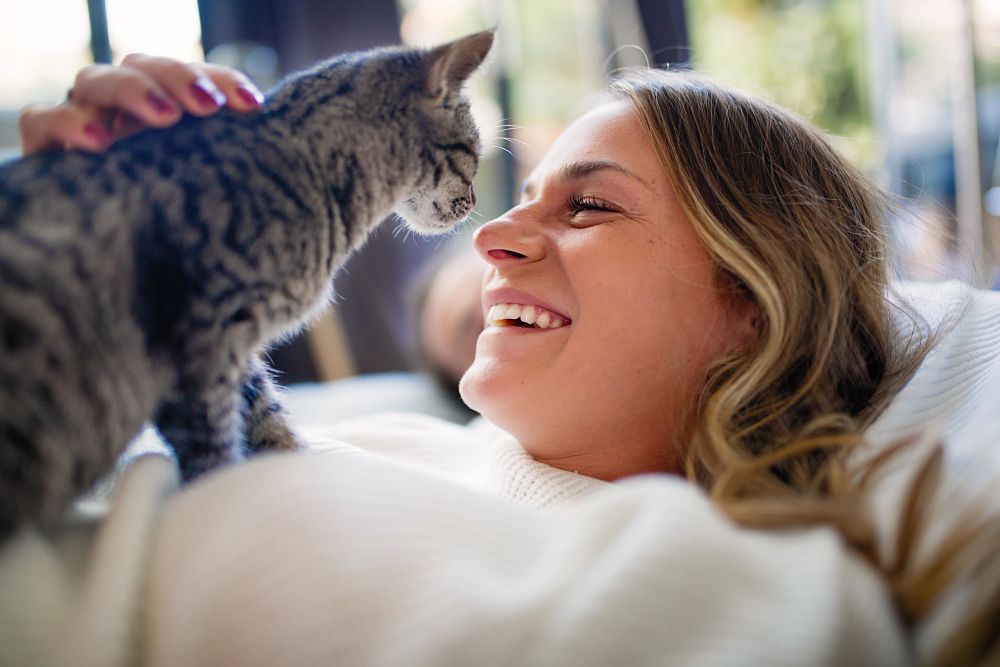



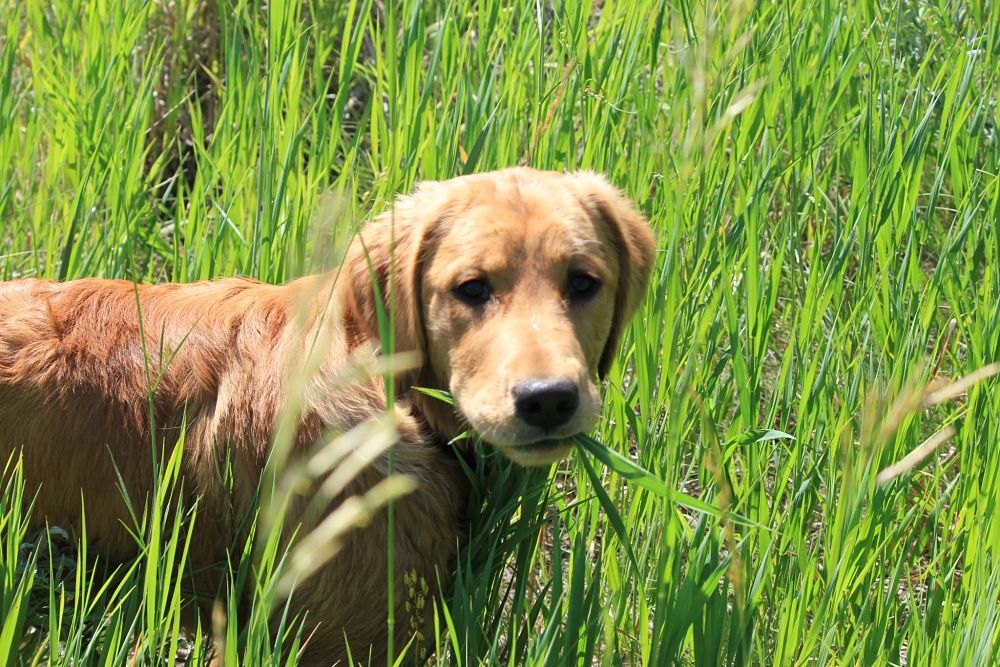
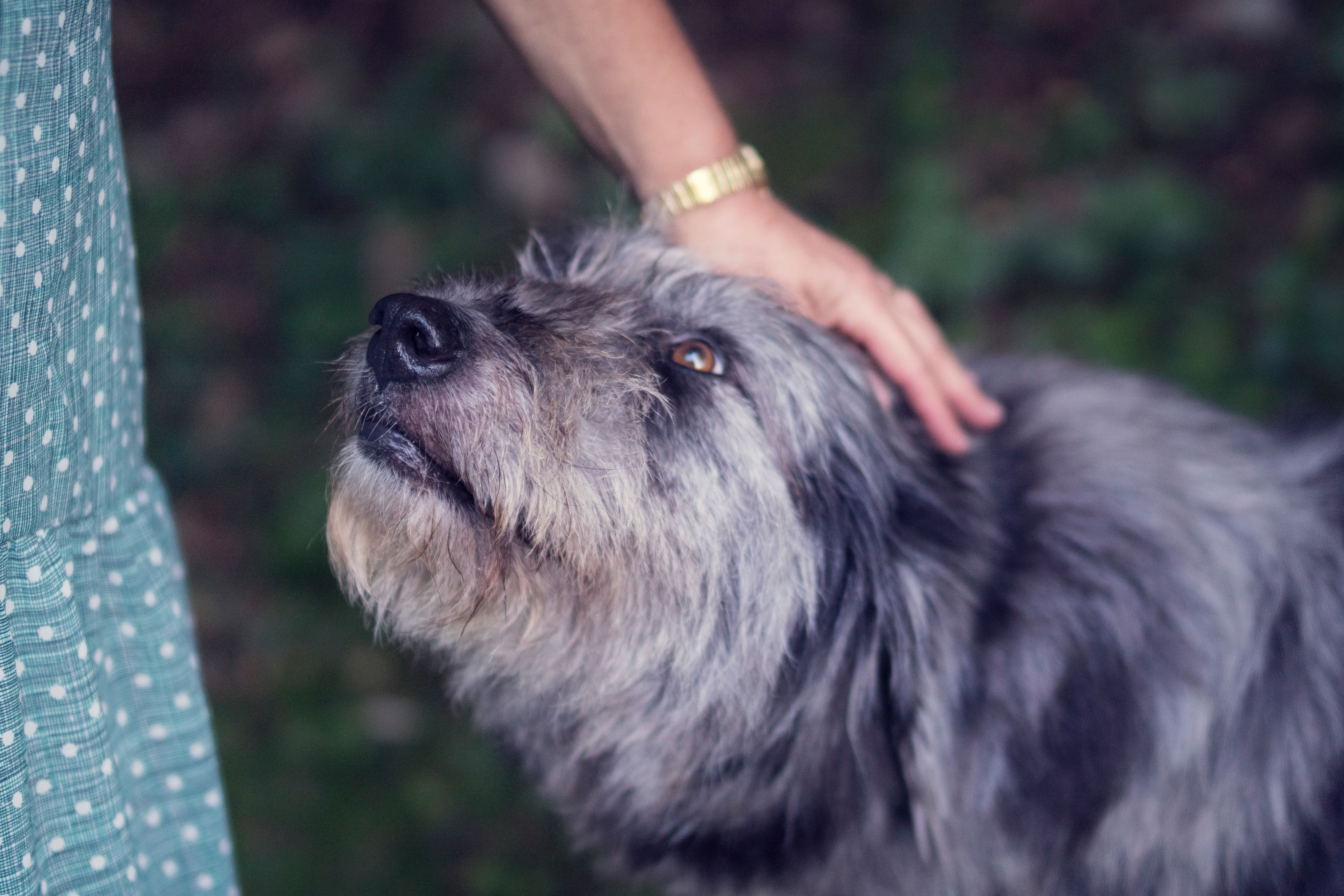
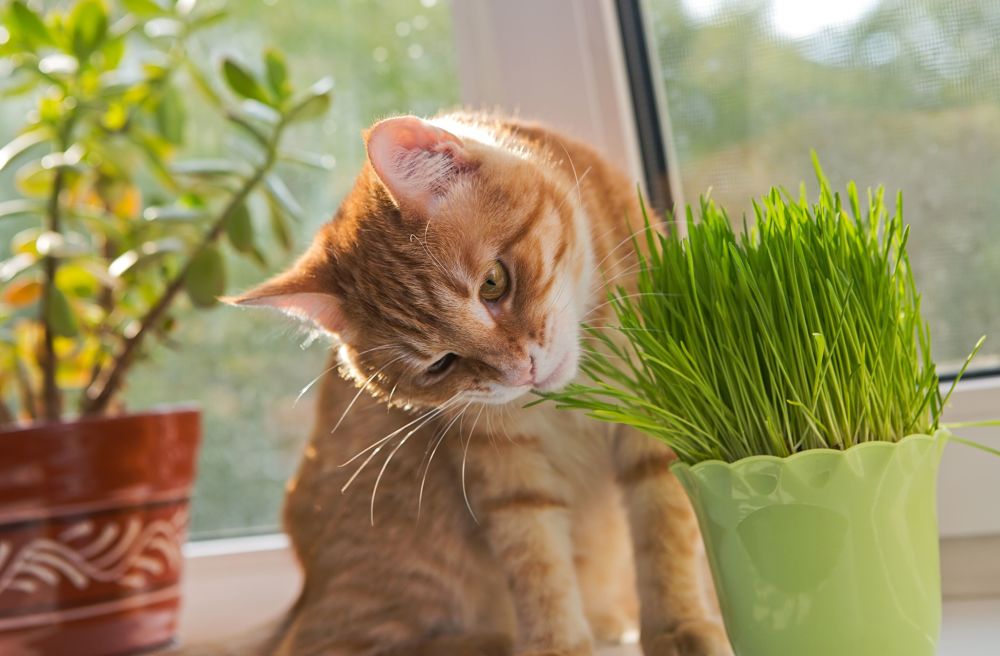



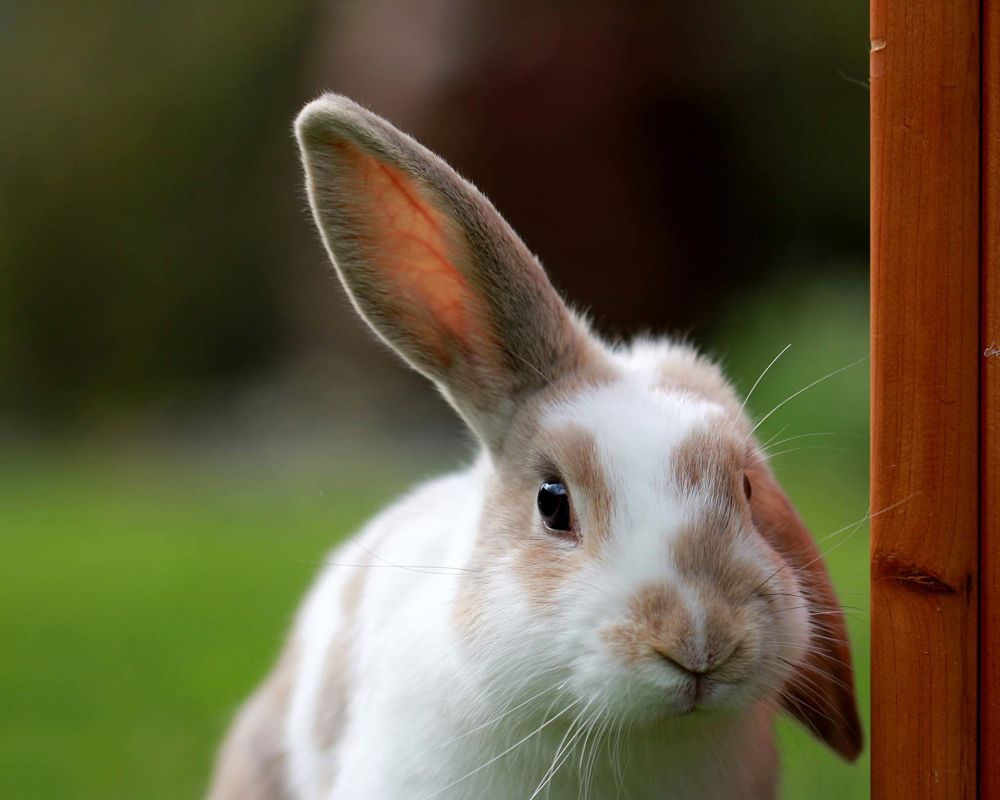


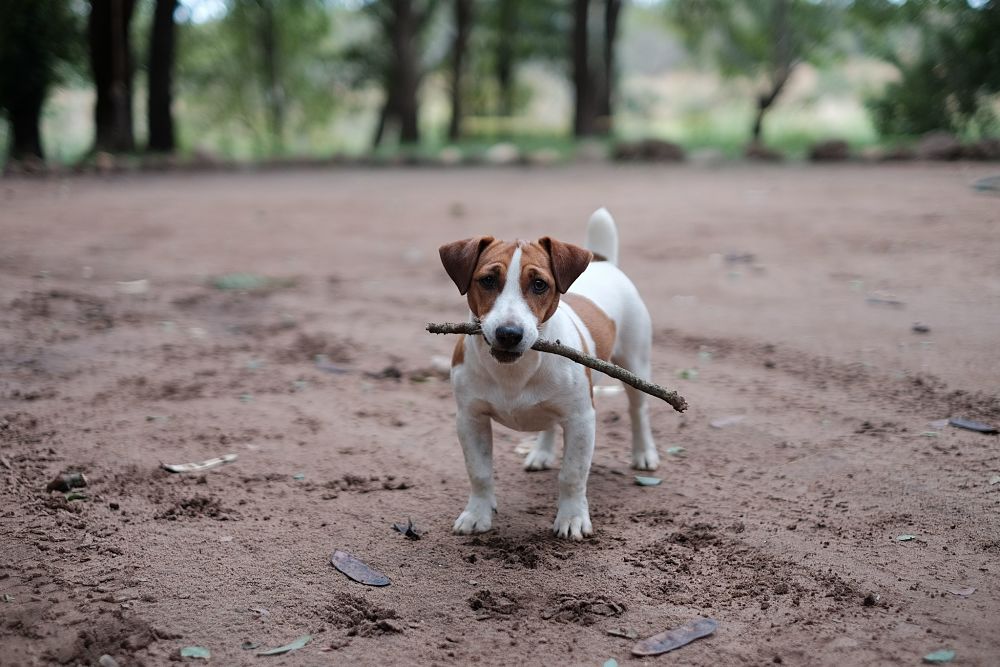
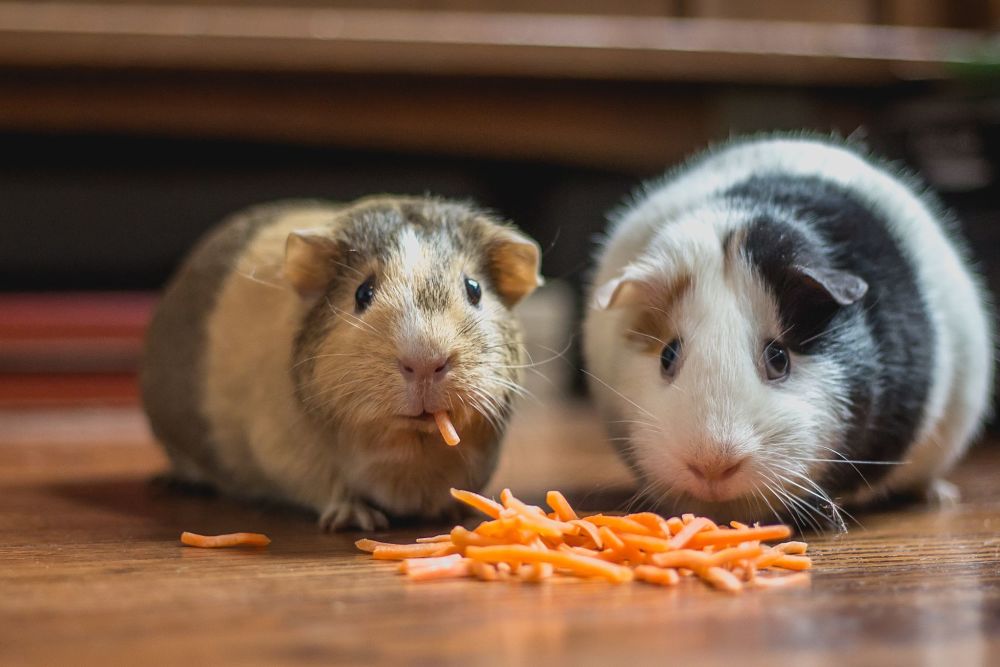
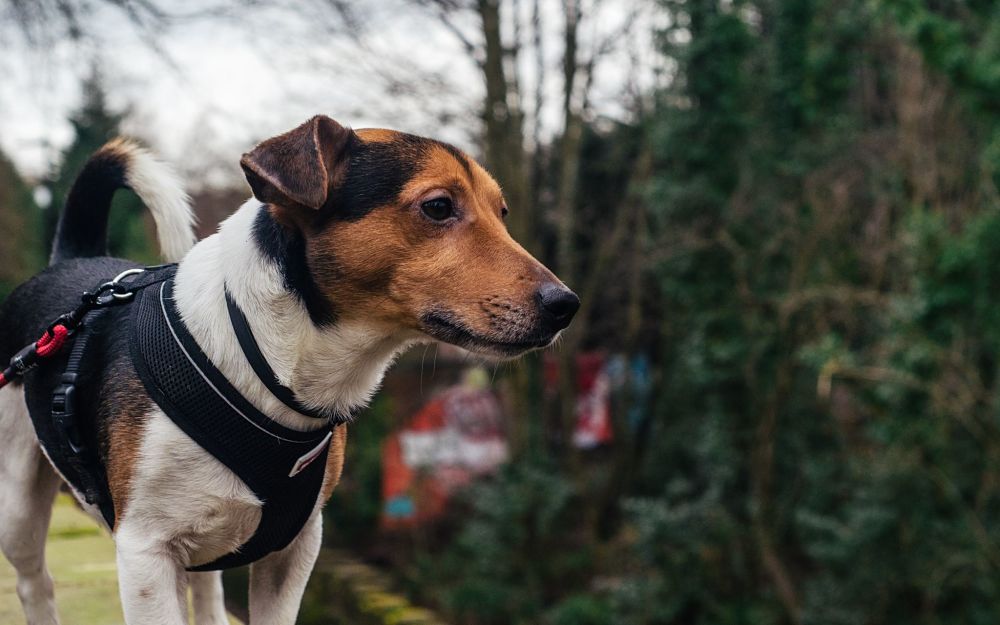

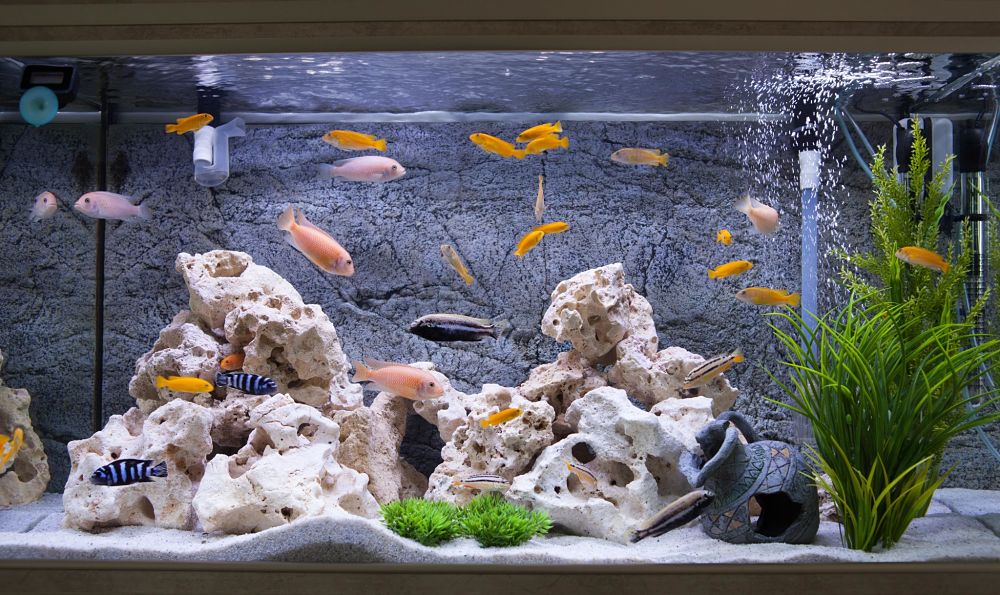
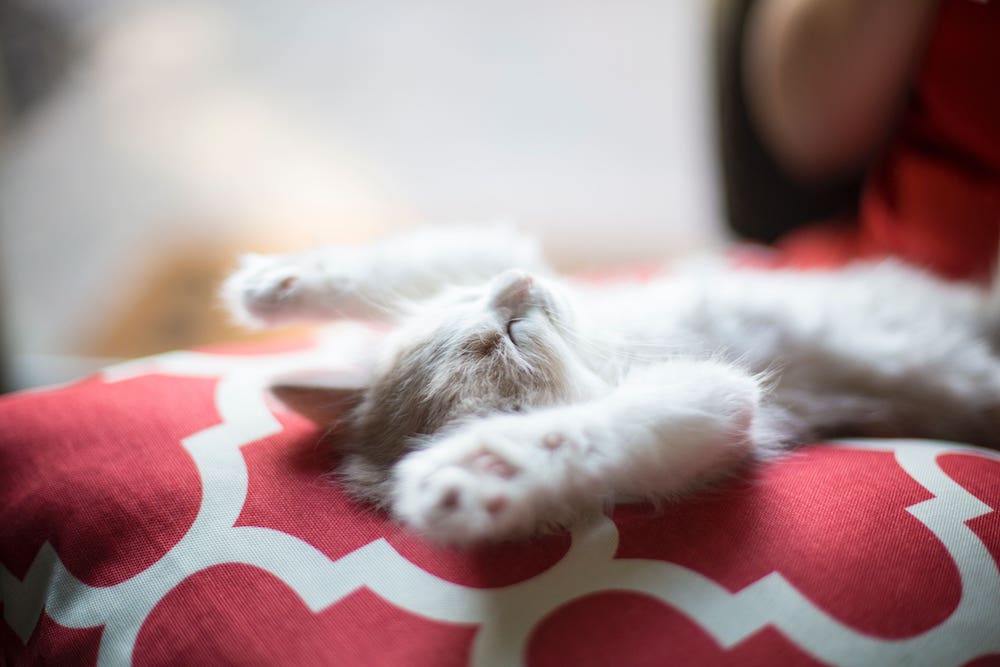
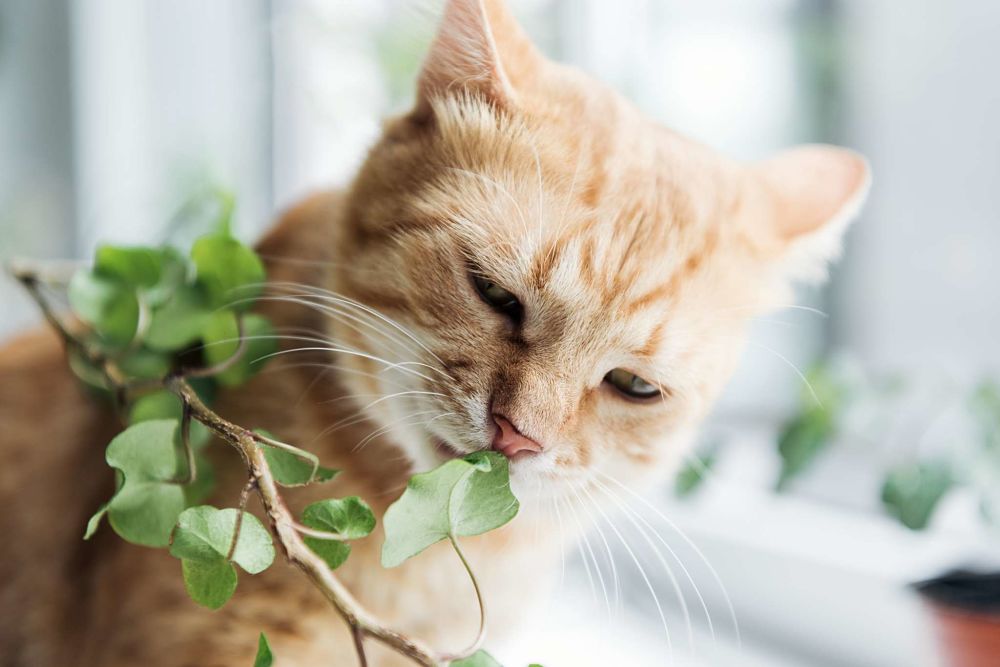
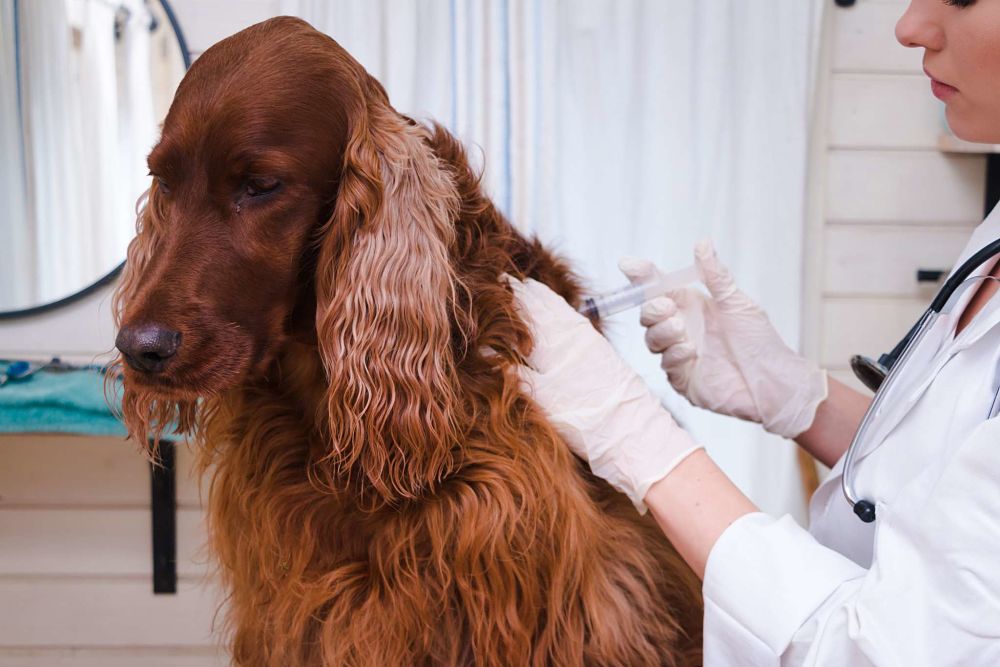
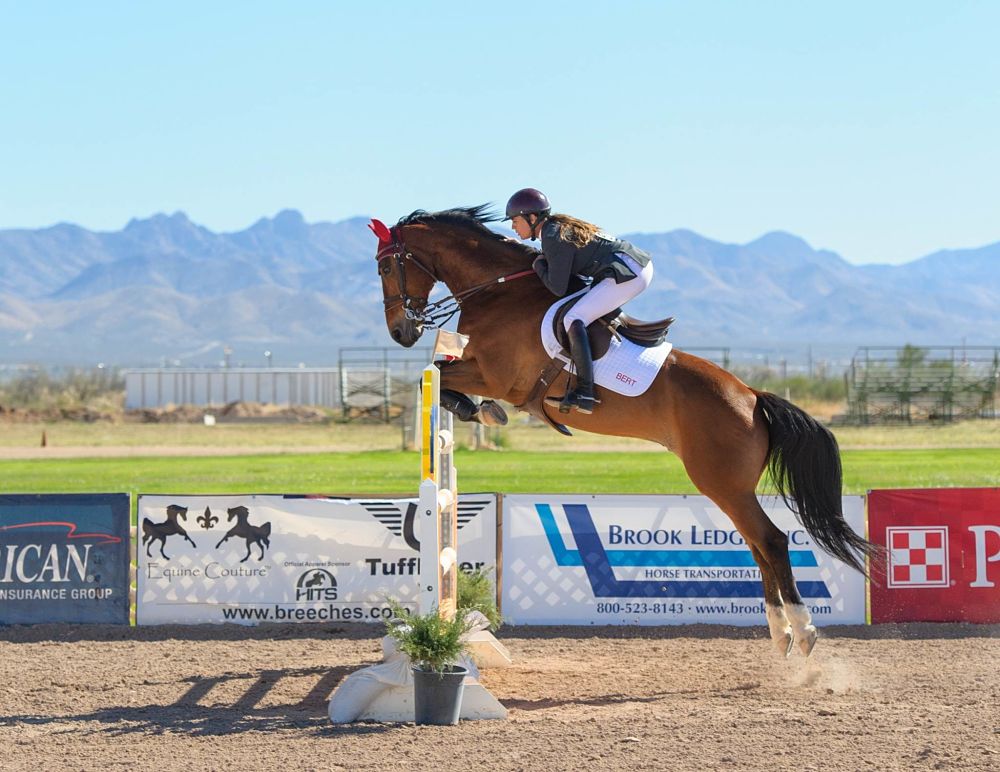

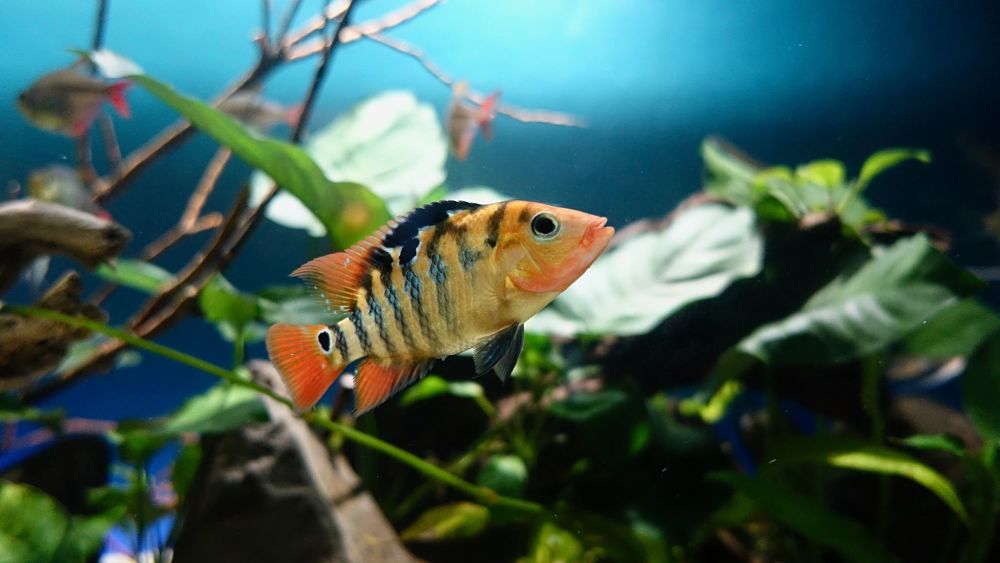
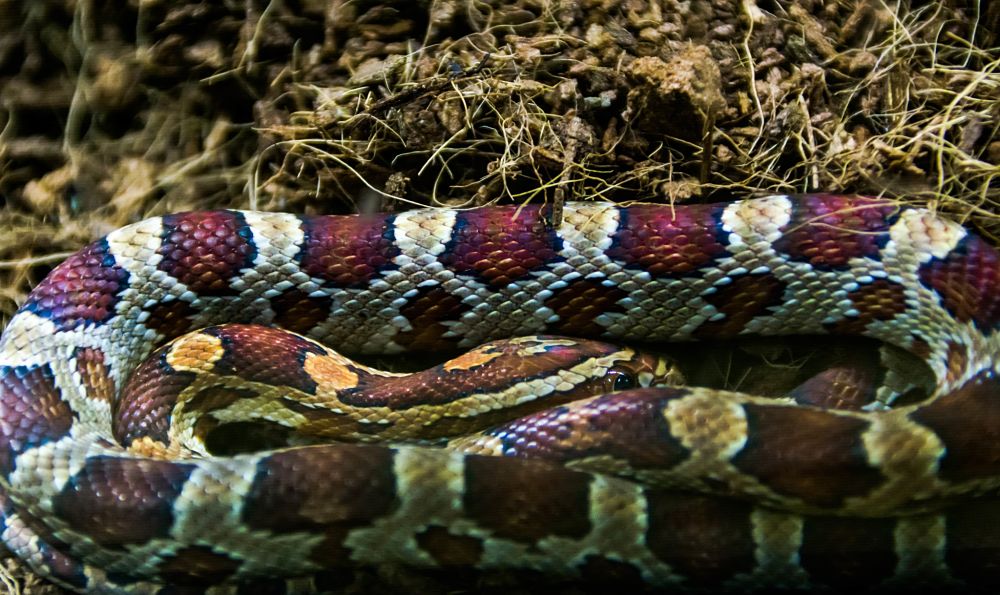
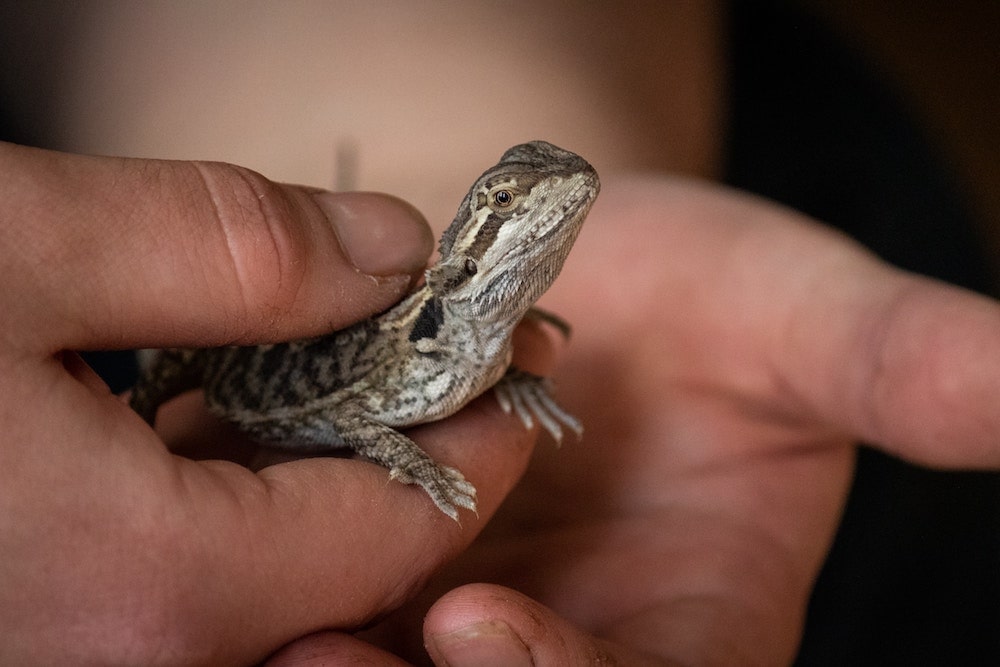

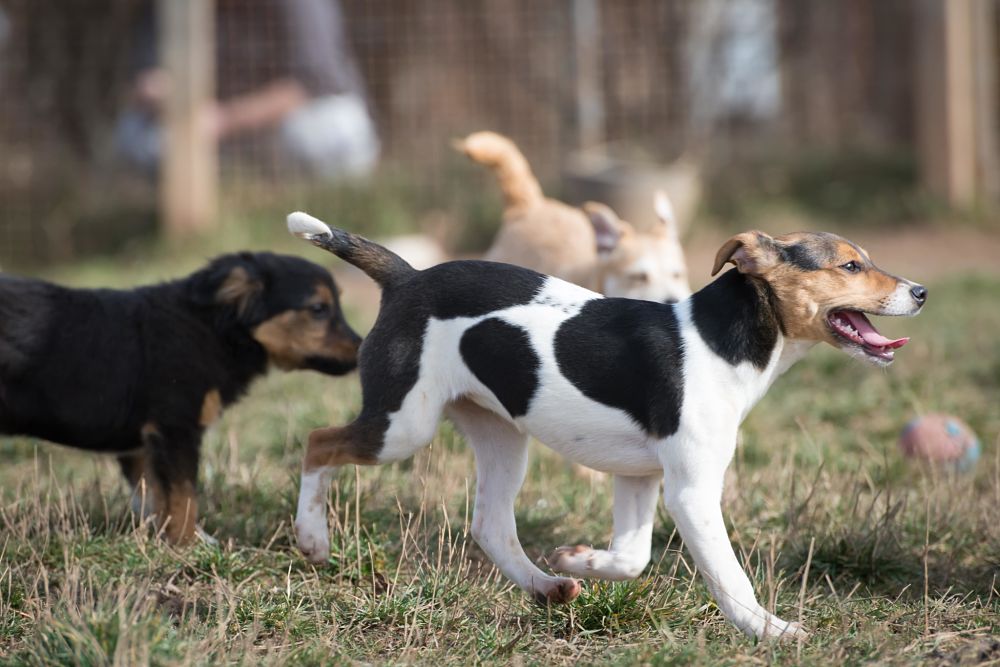
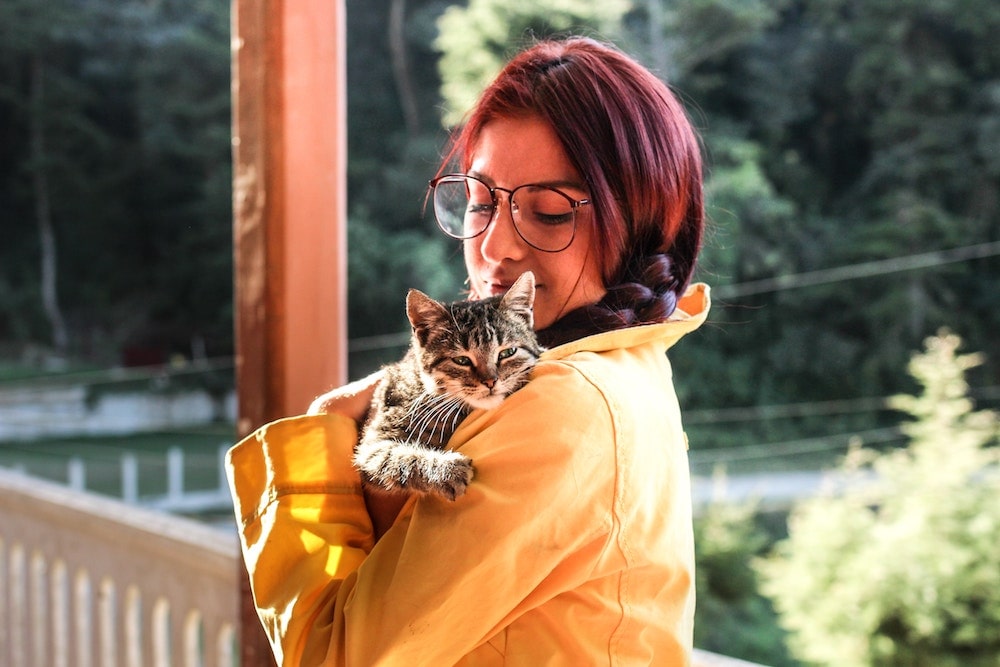
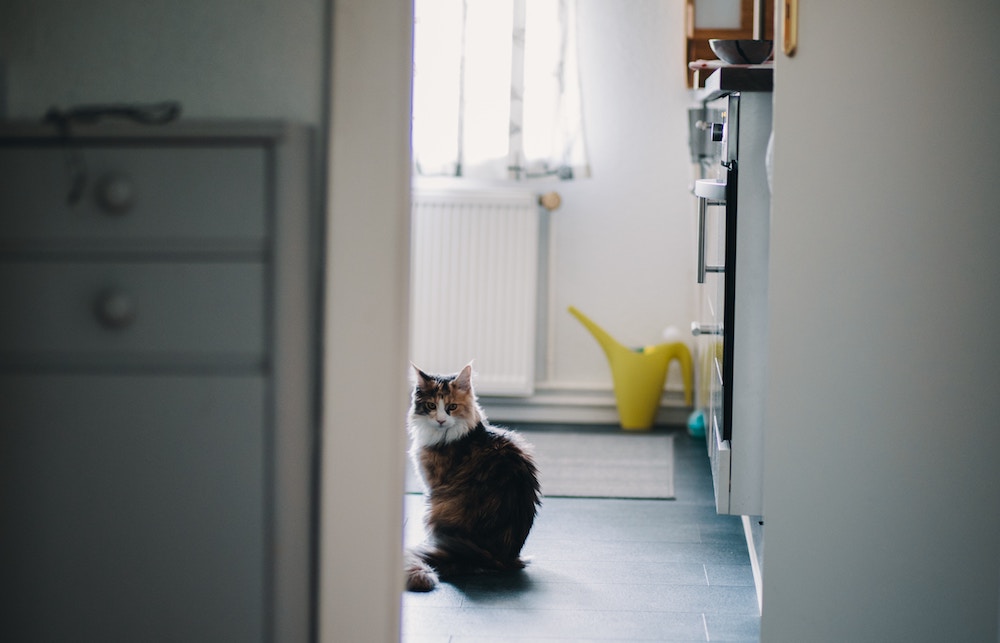
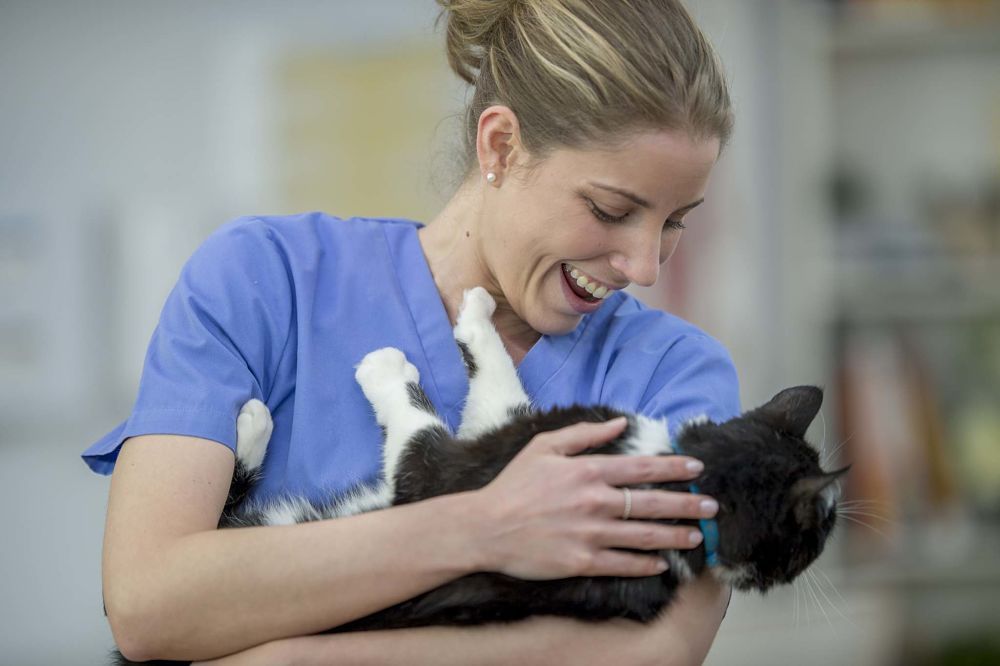
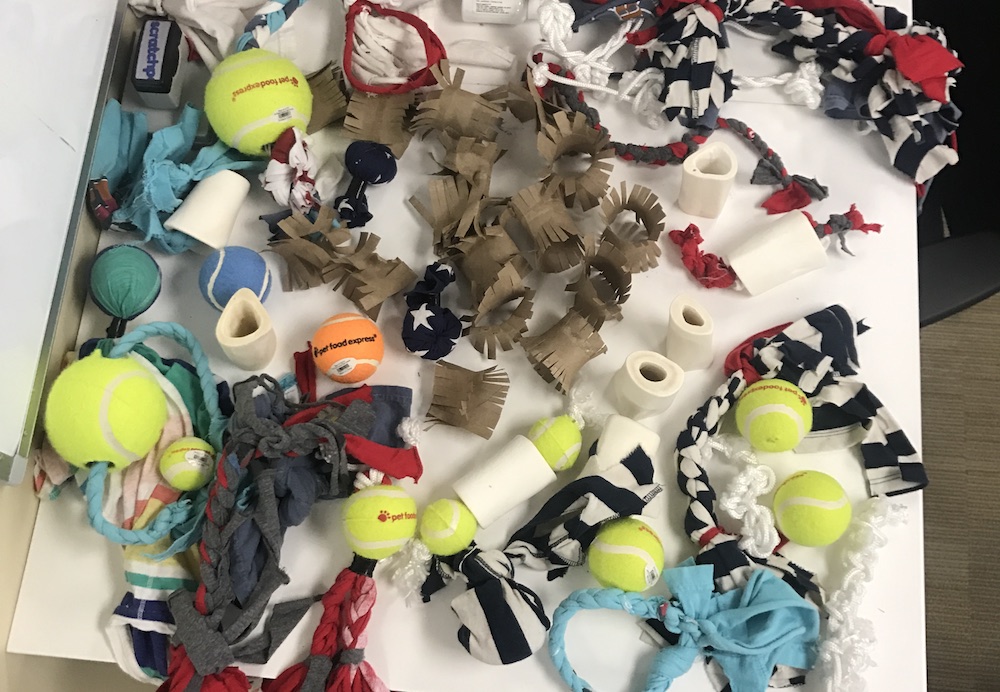

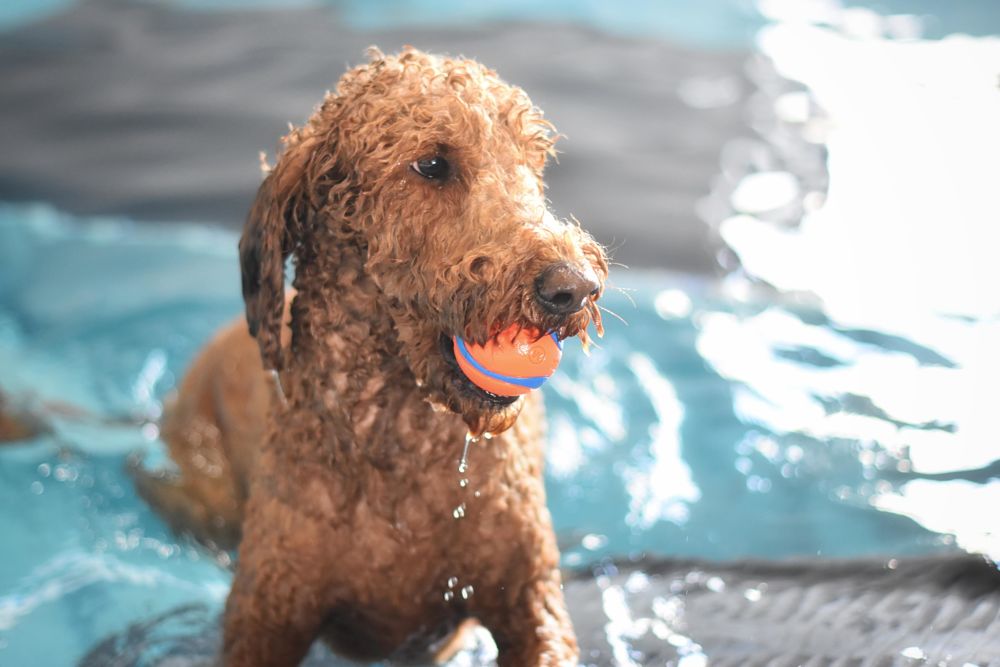
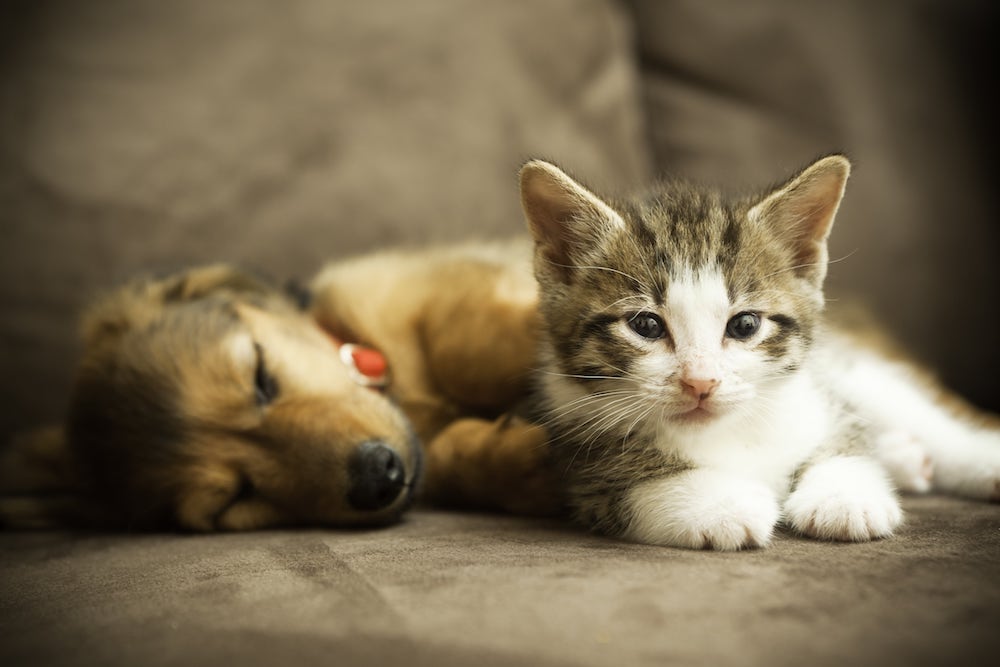
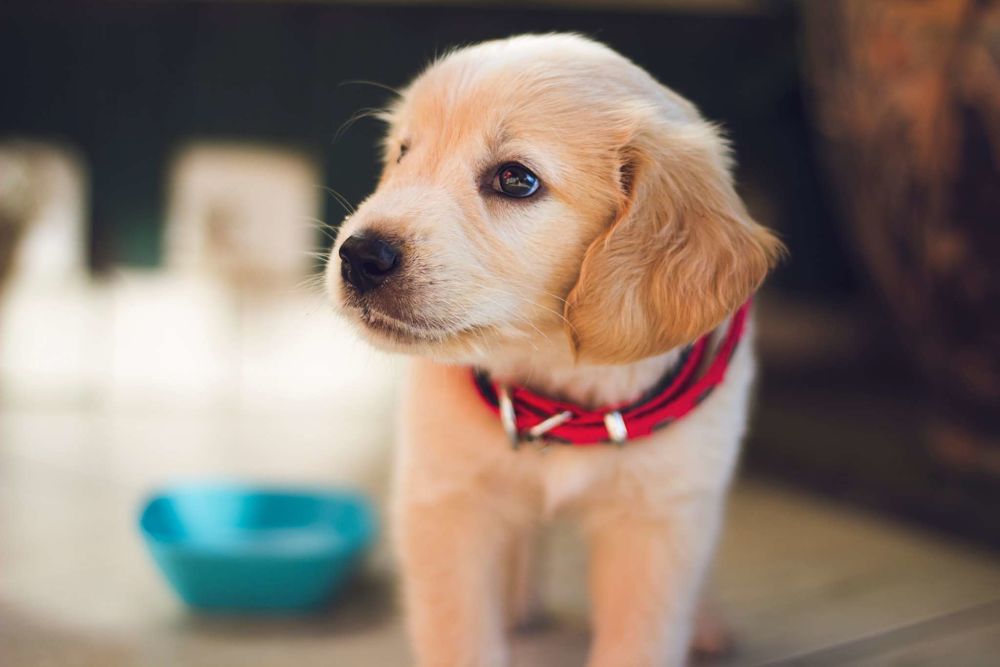


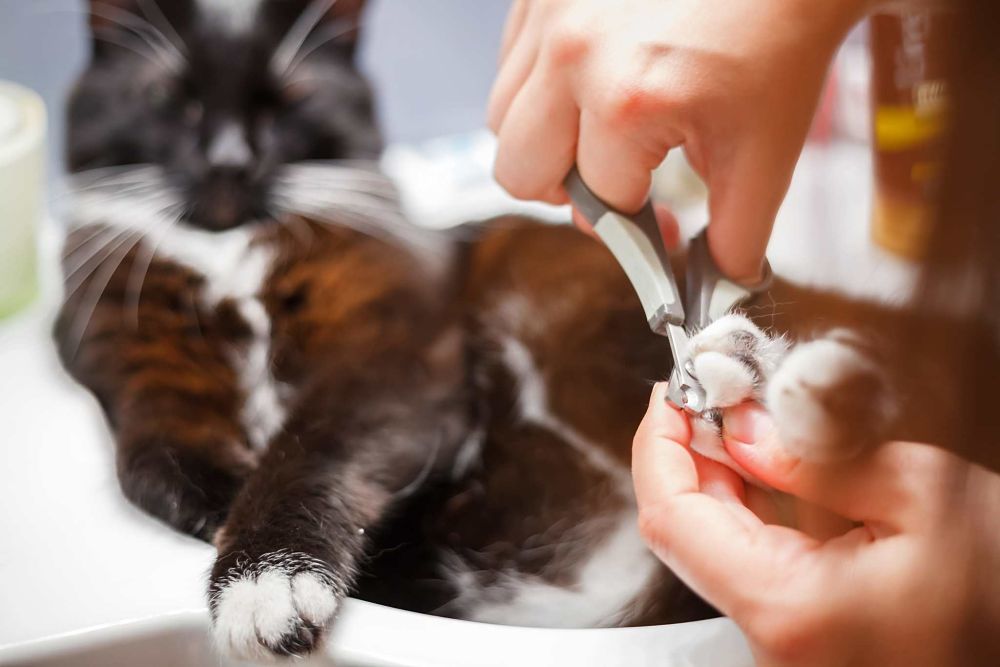
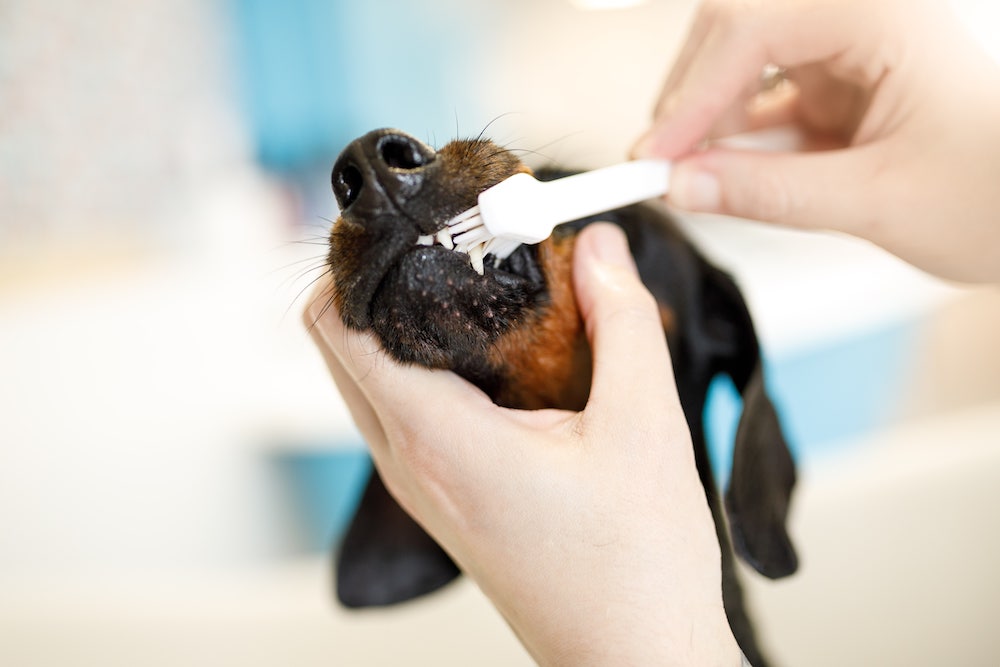


.jpg)



